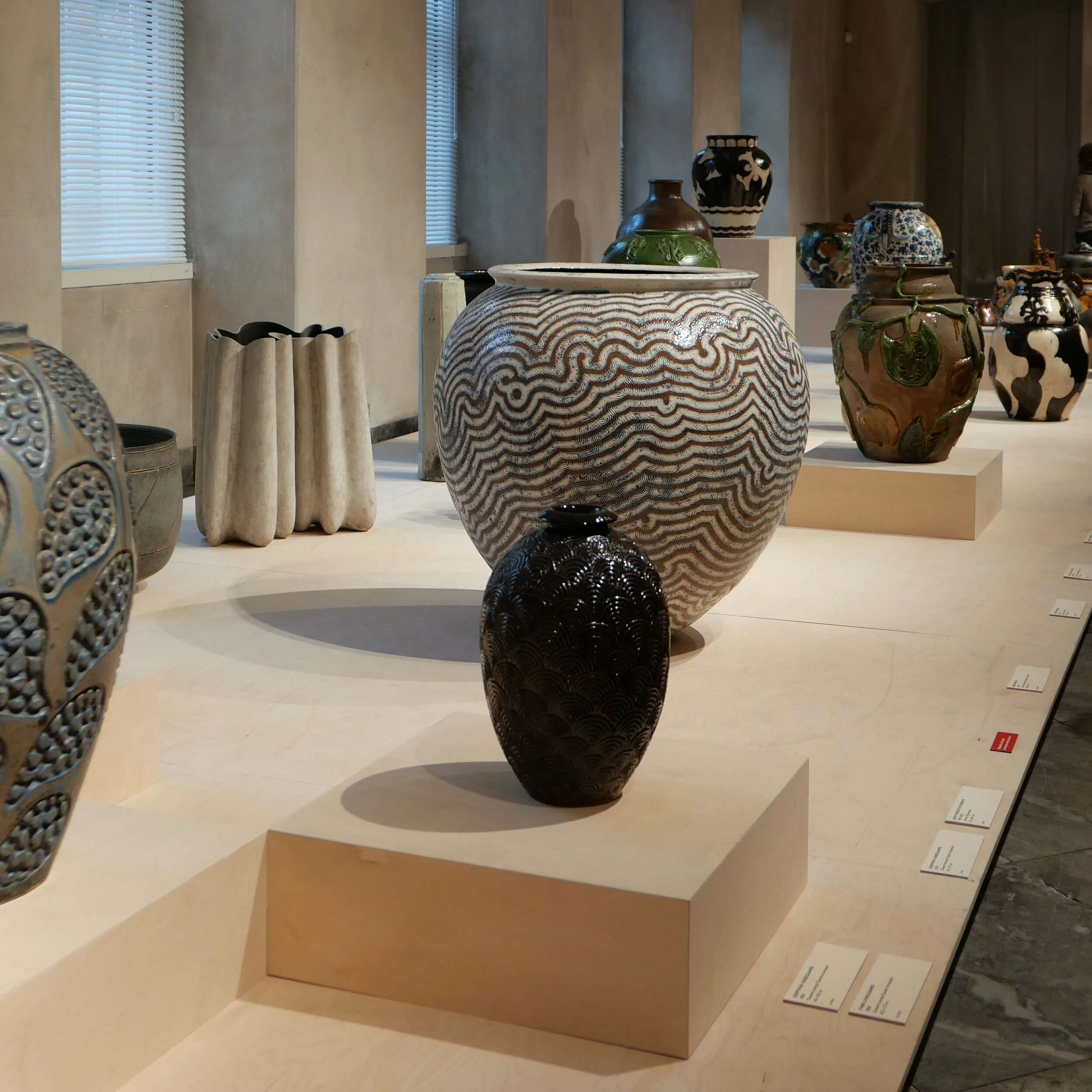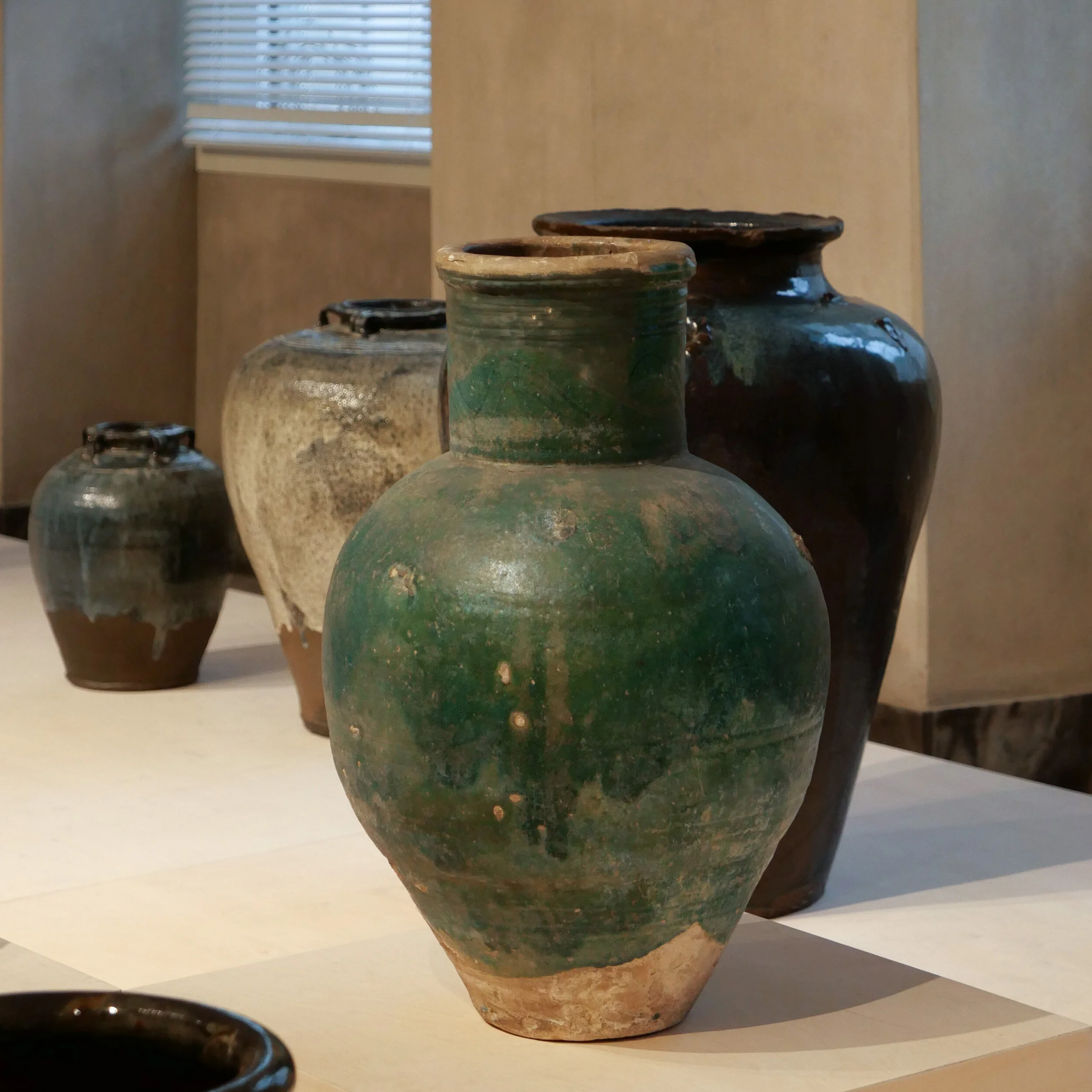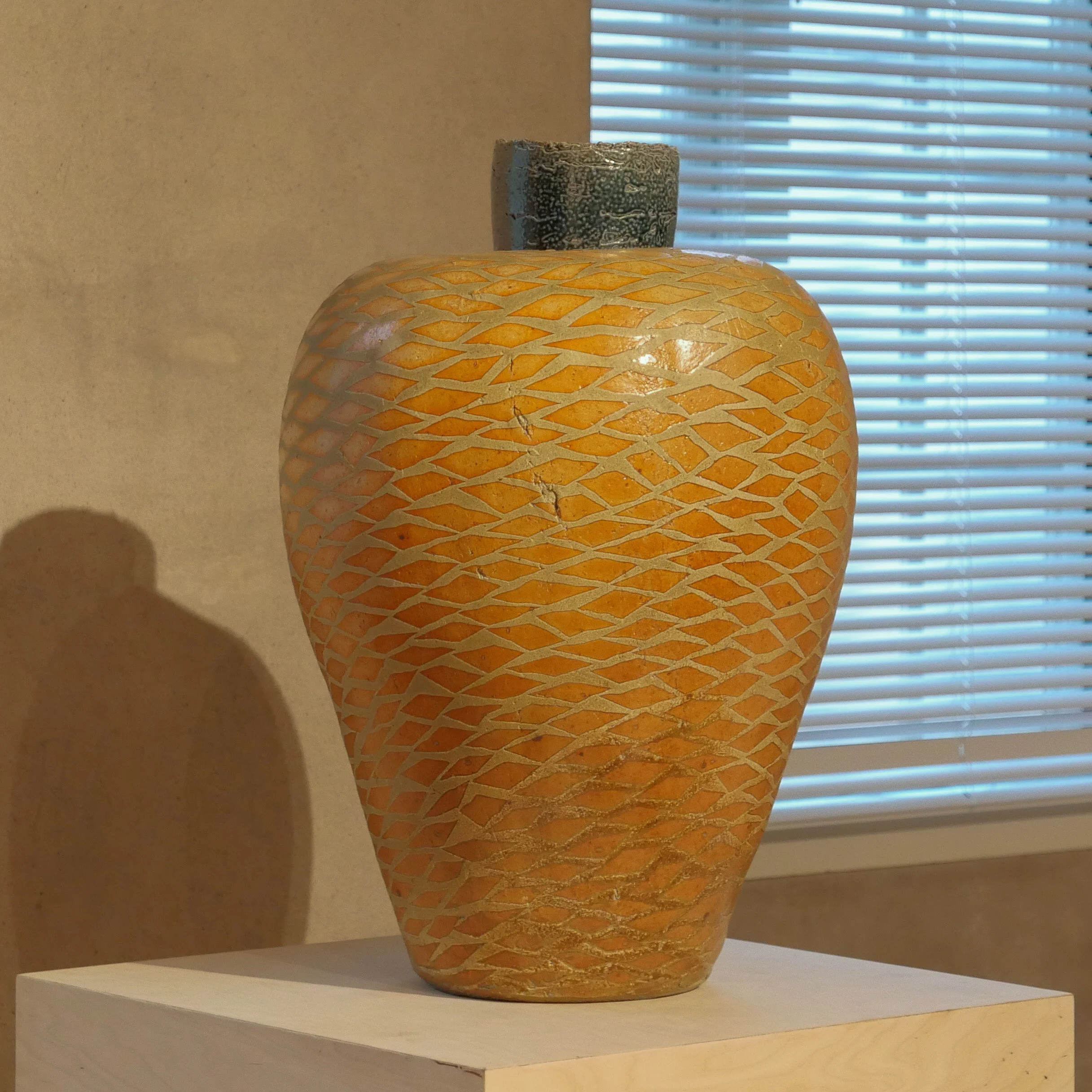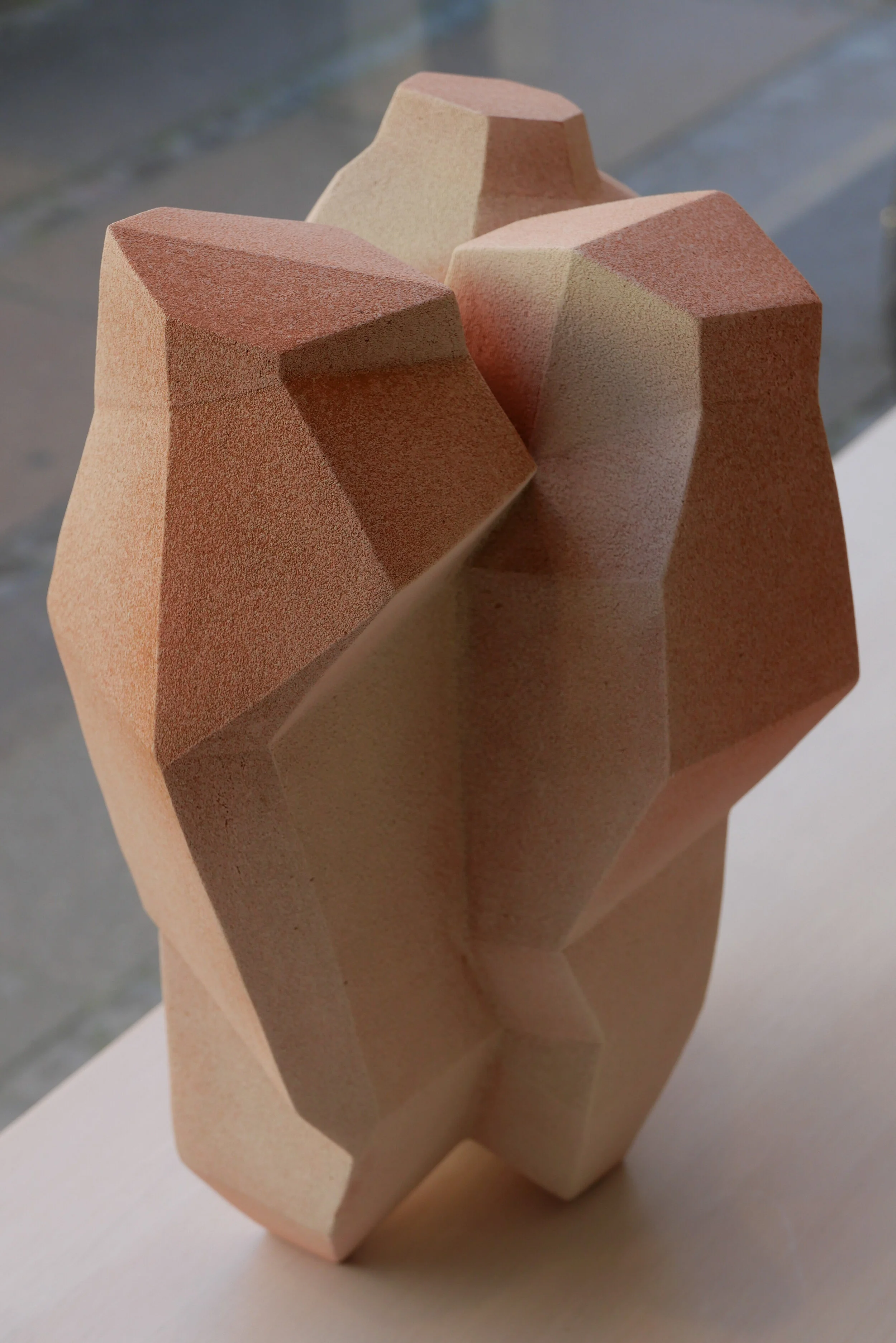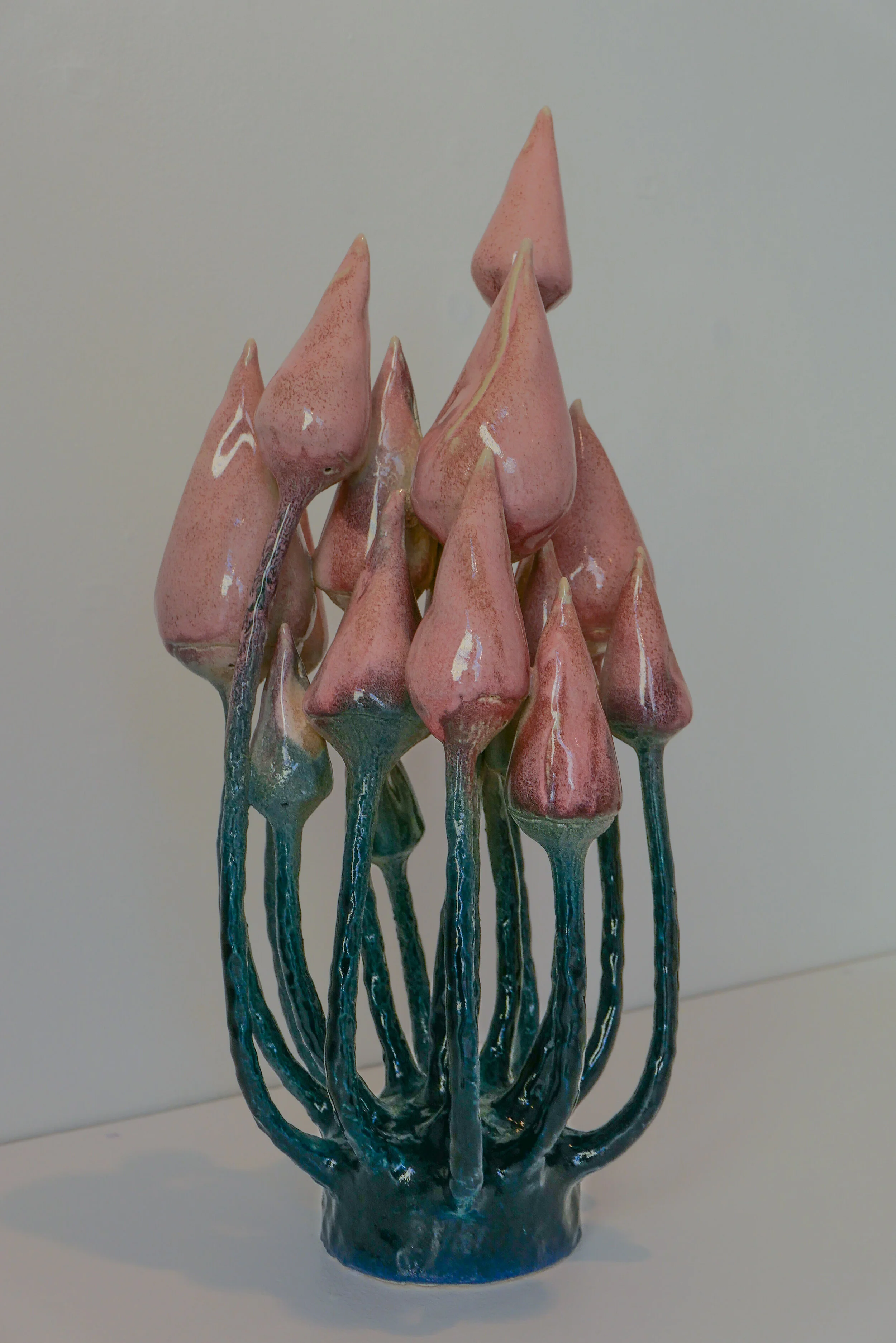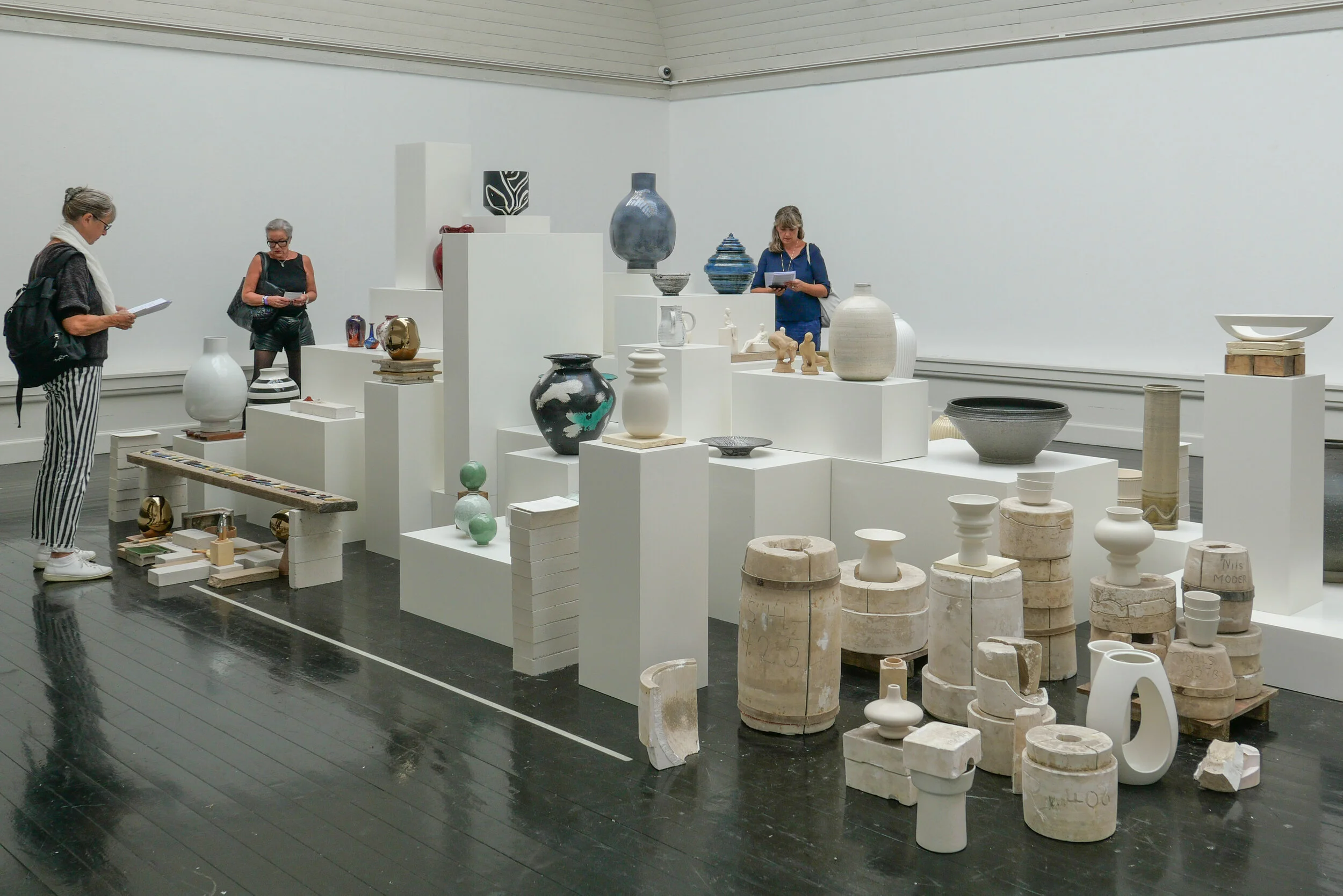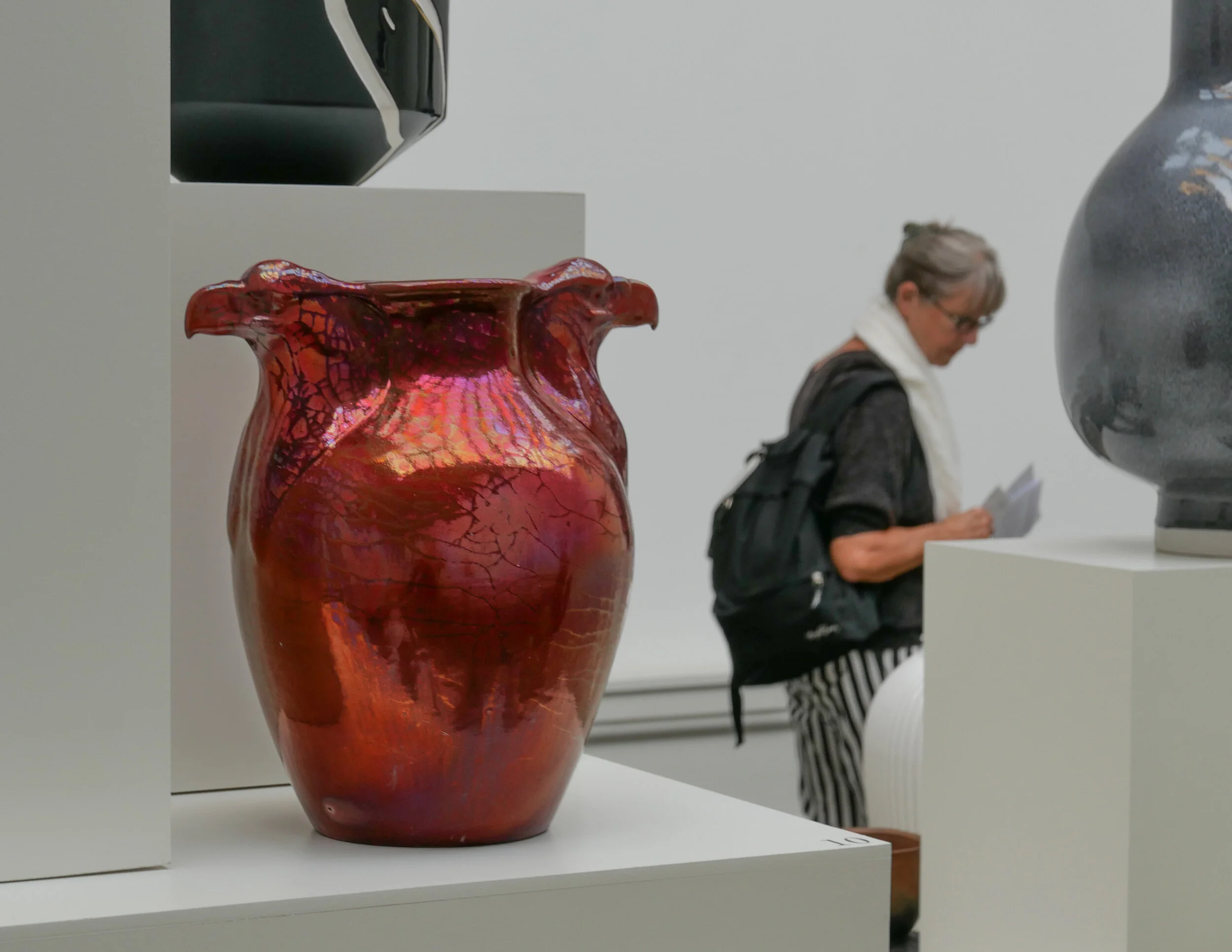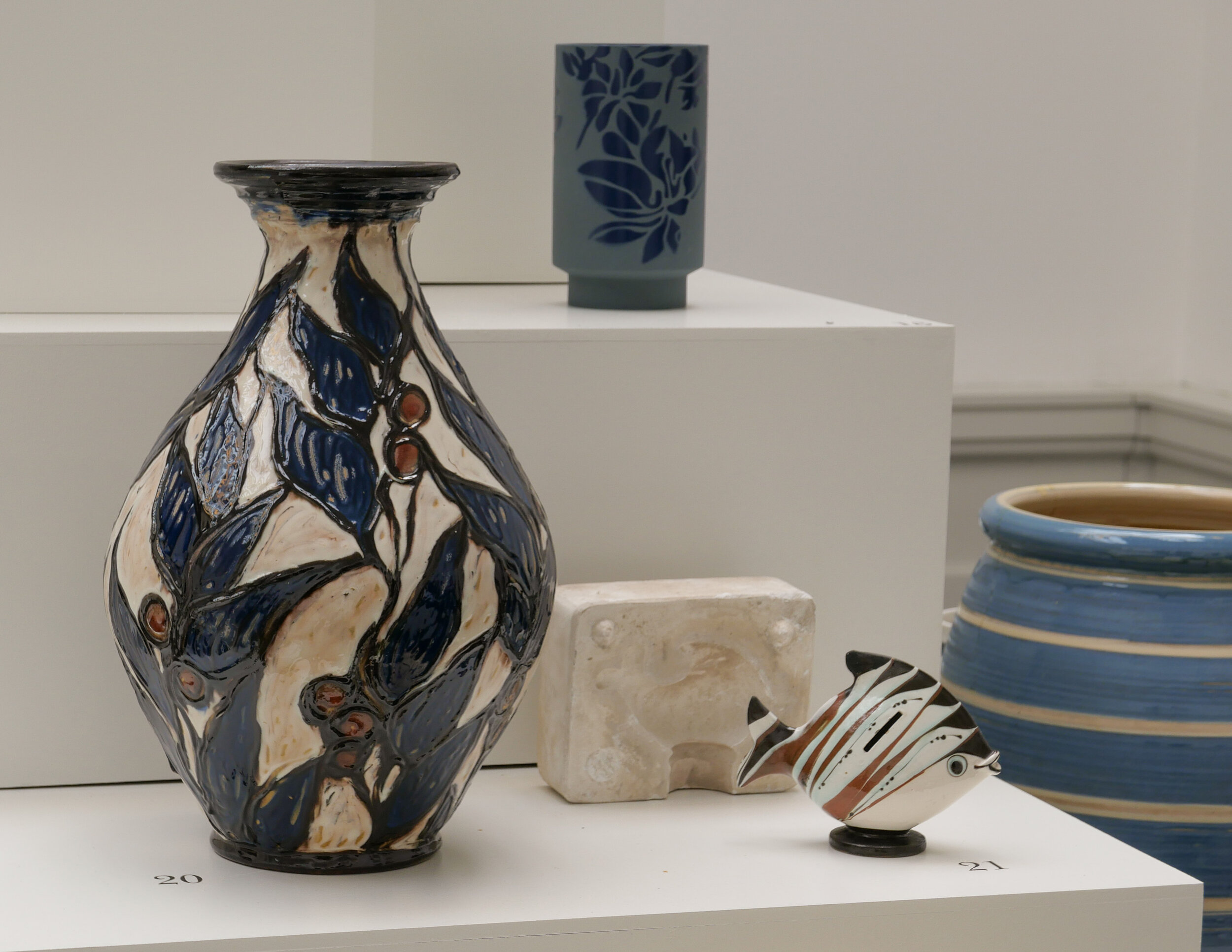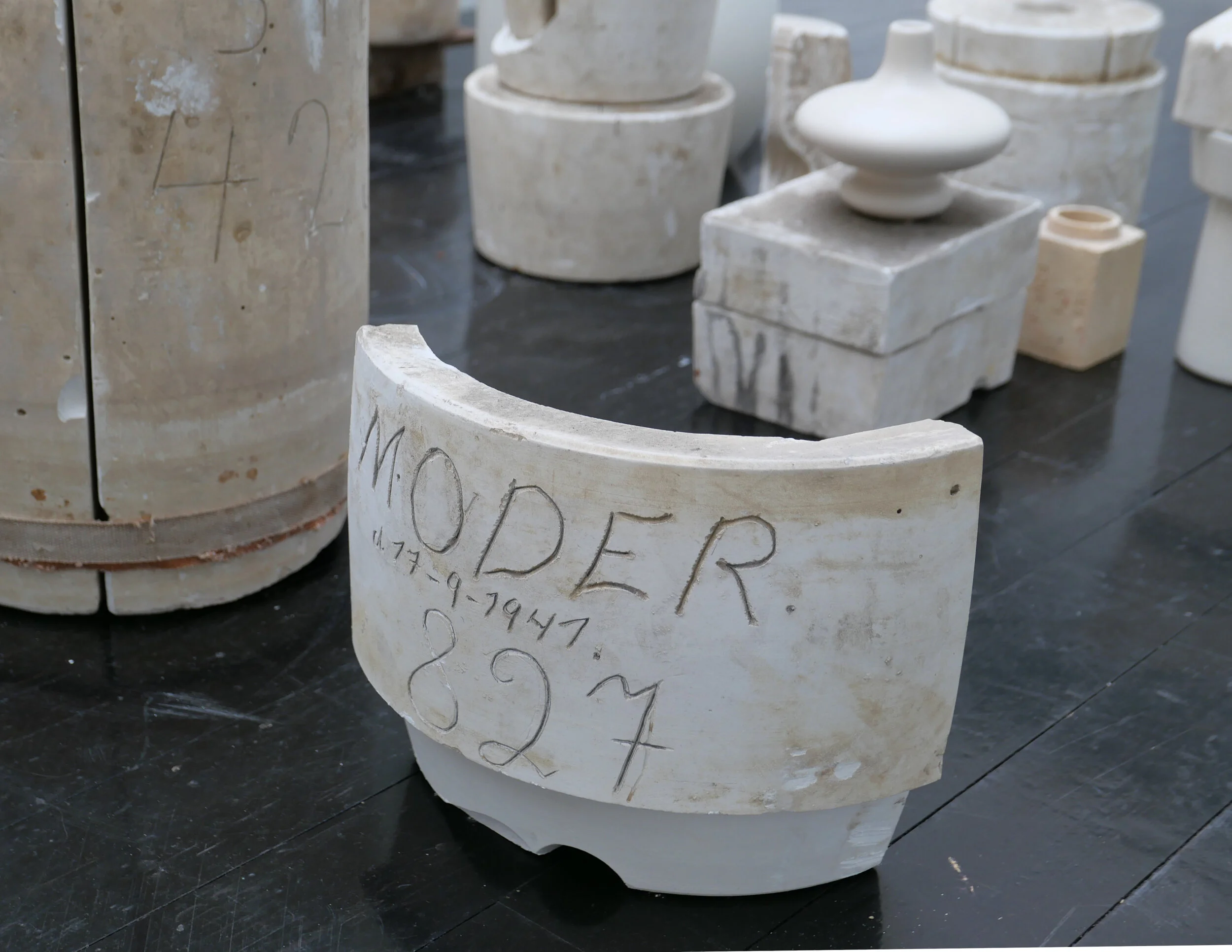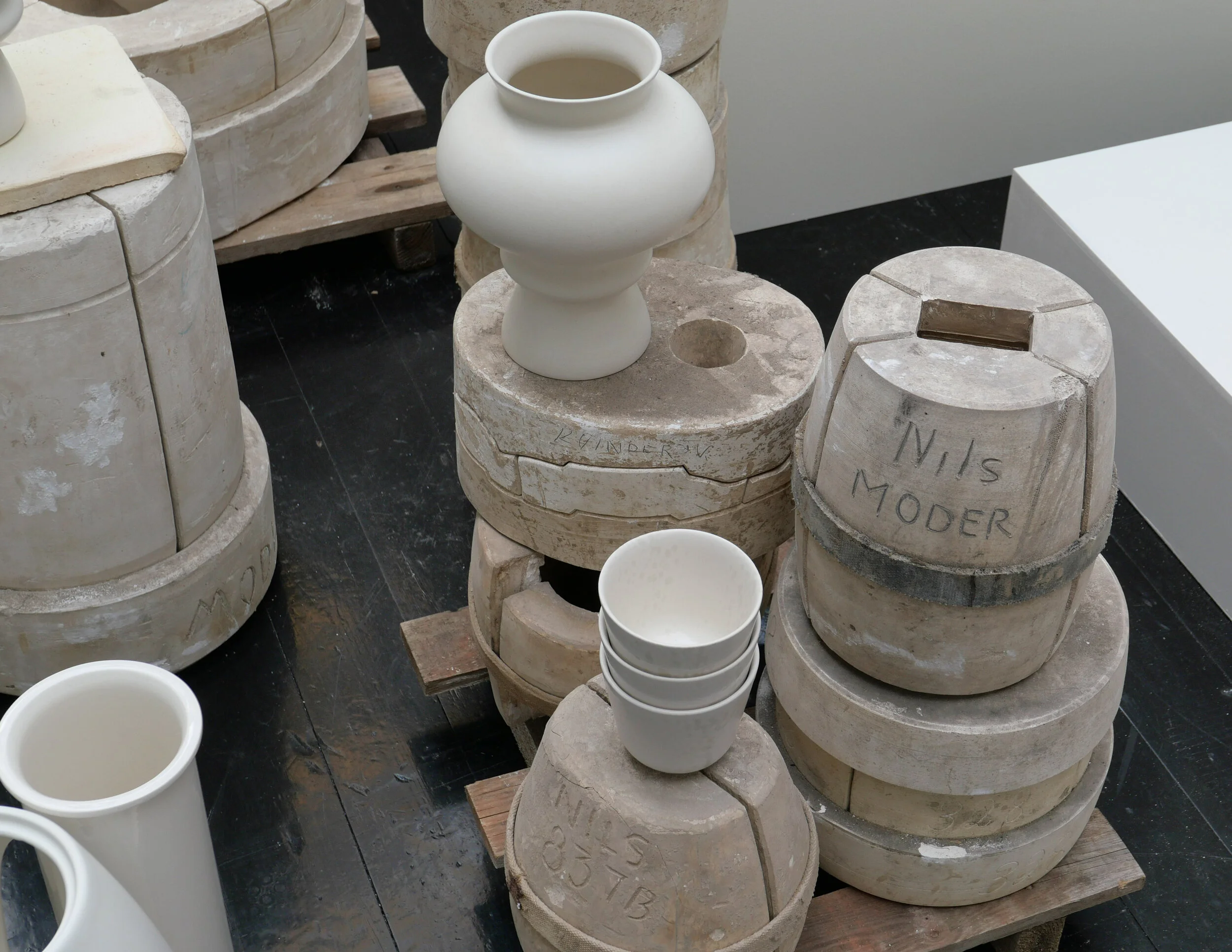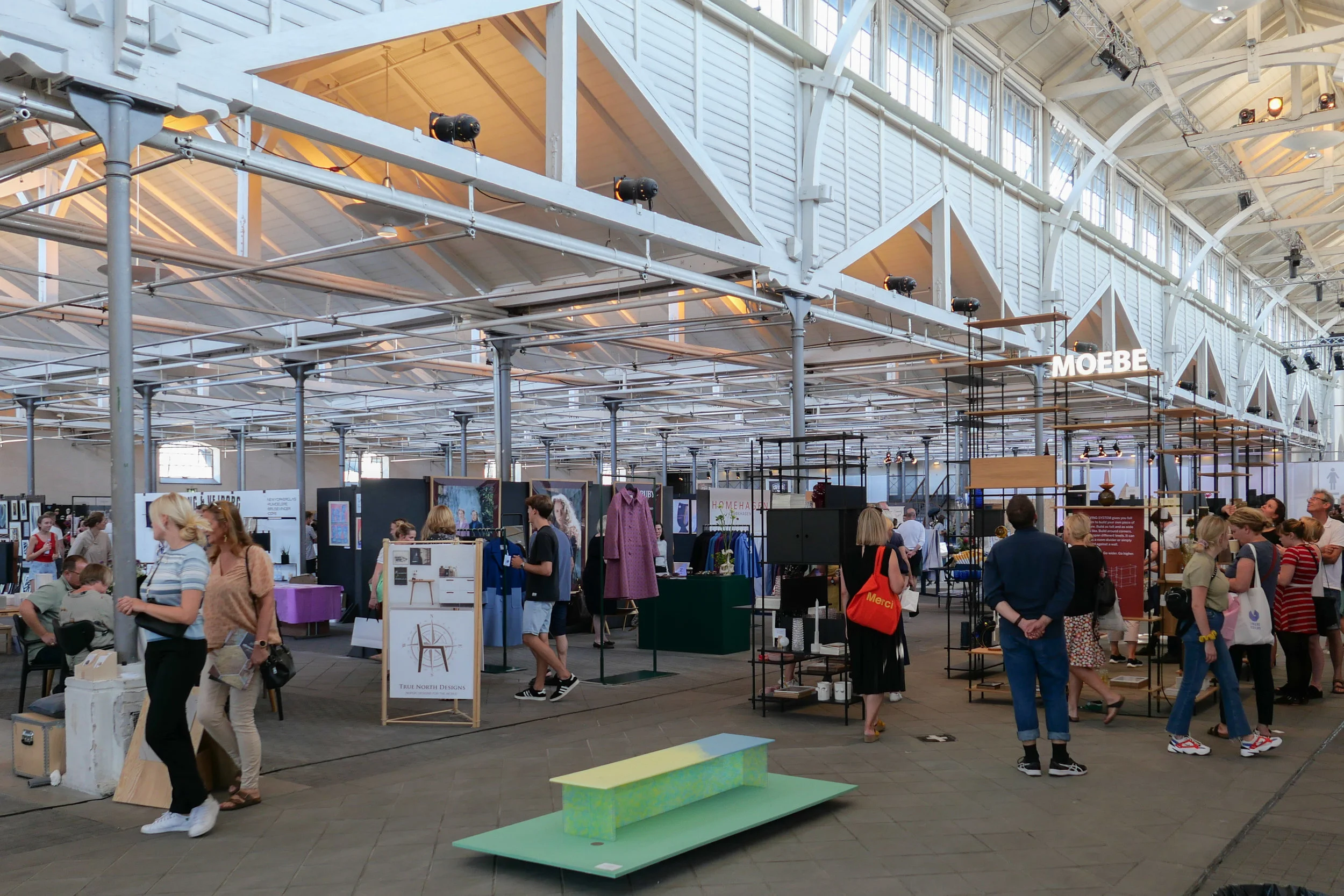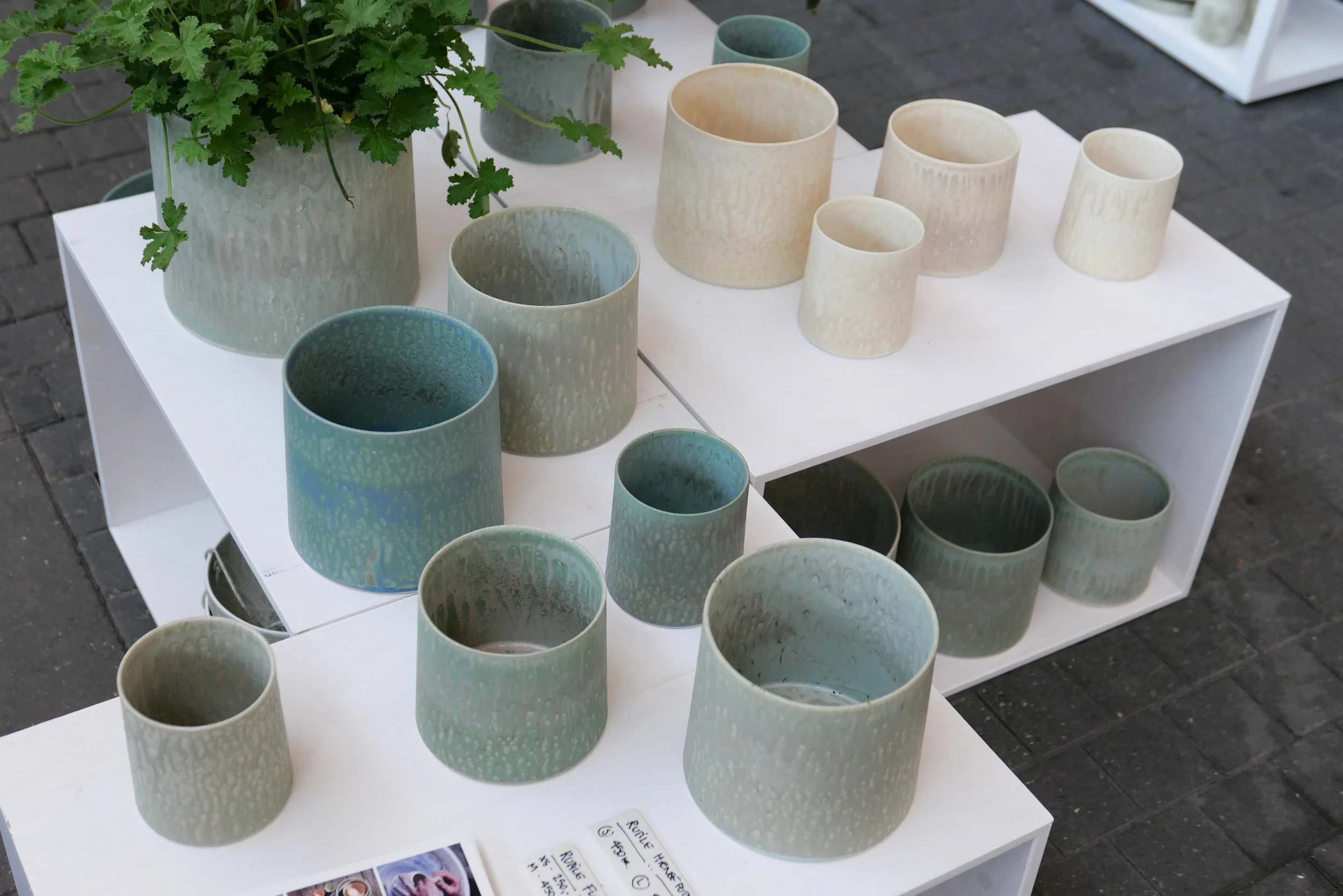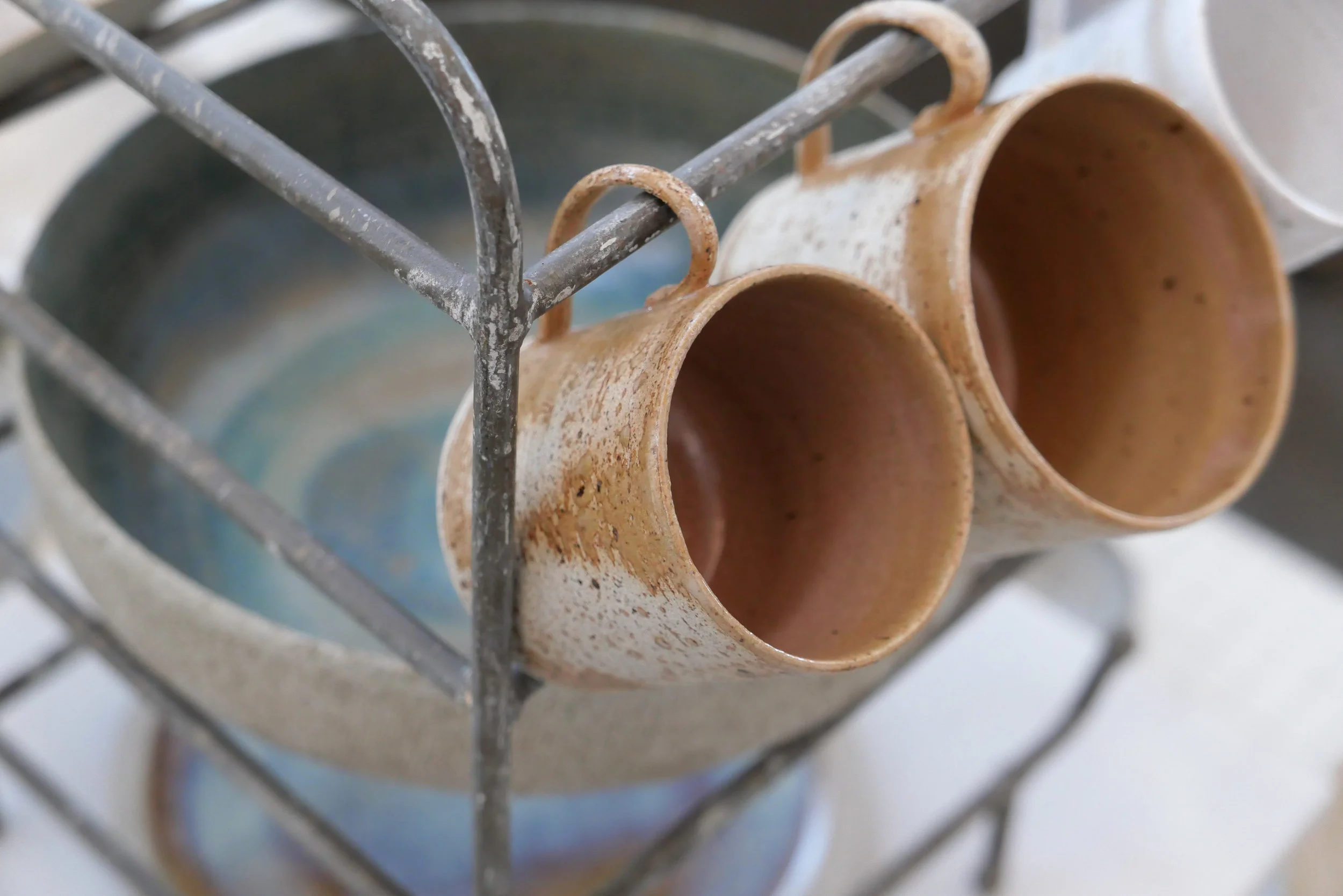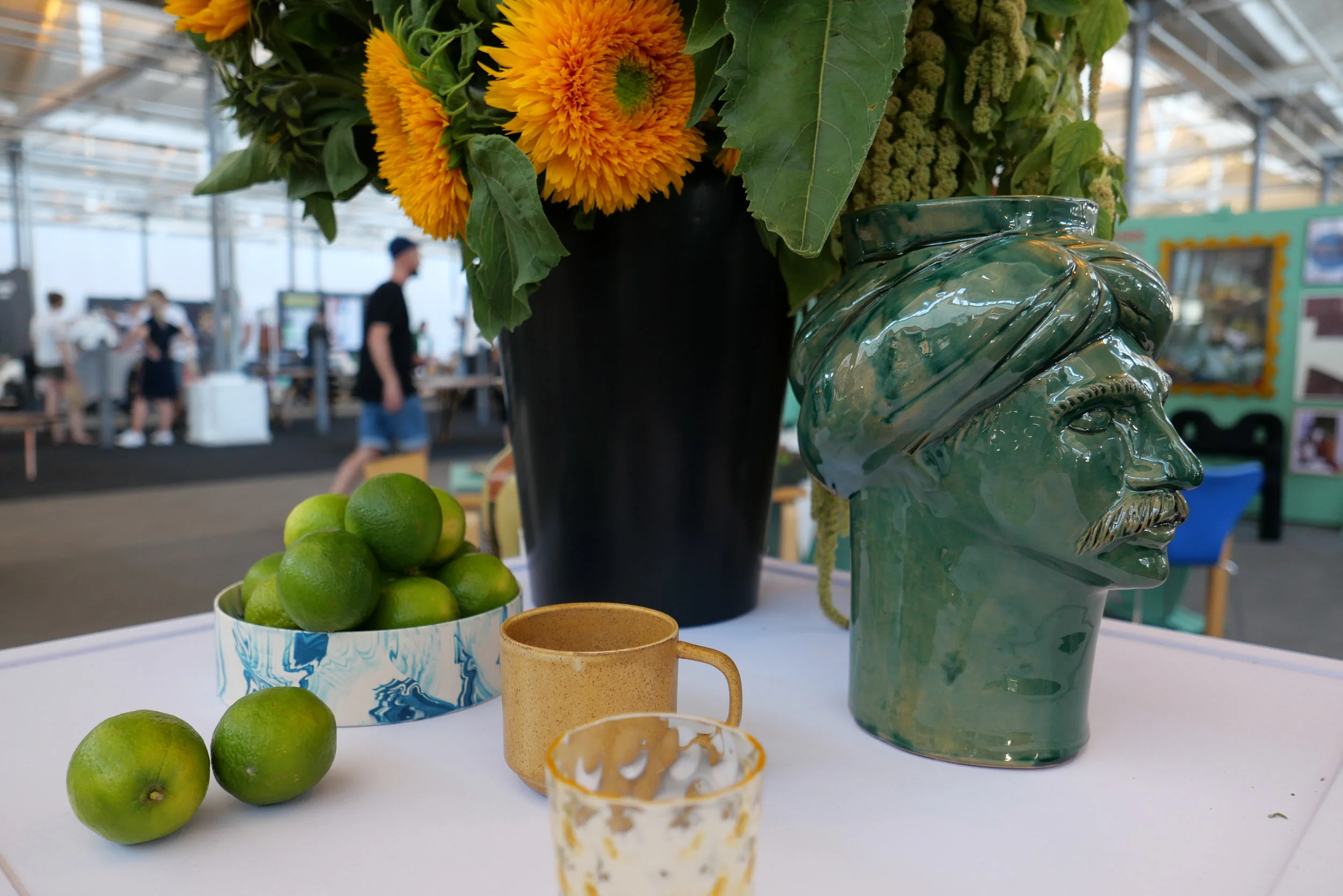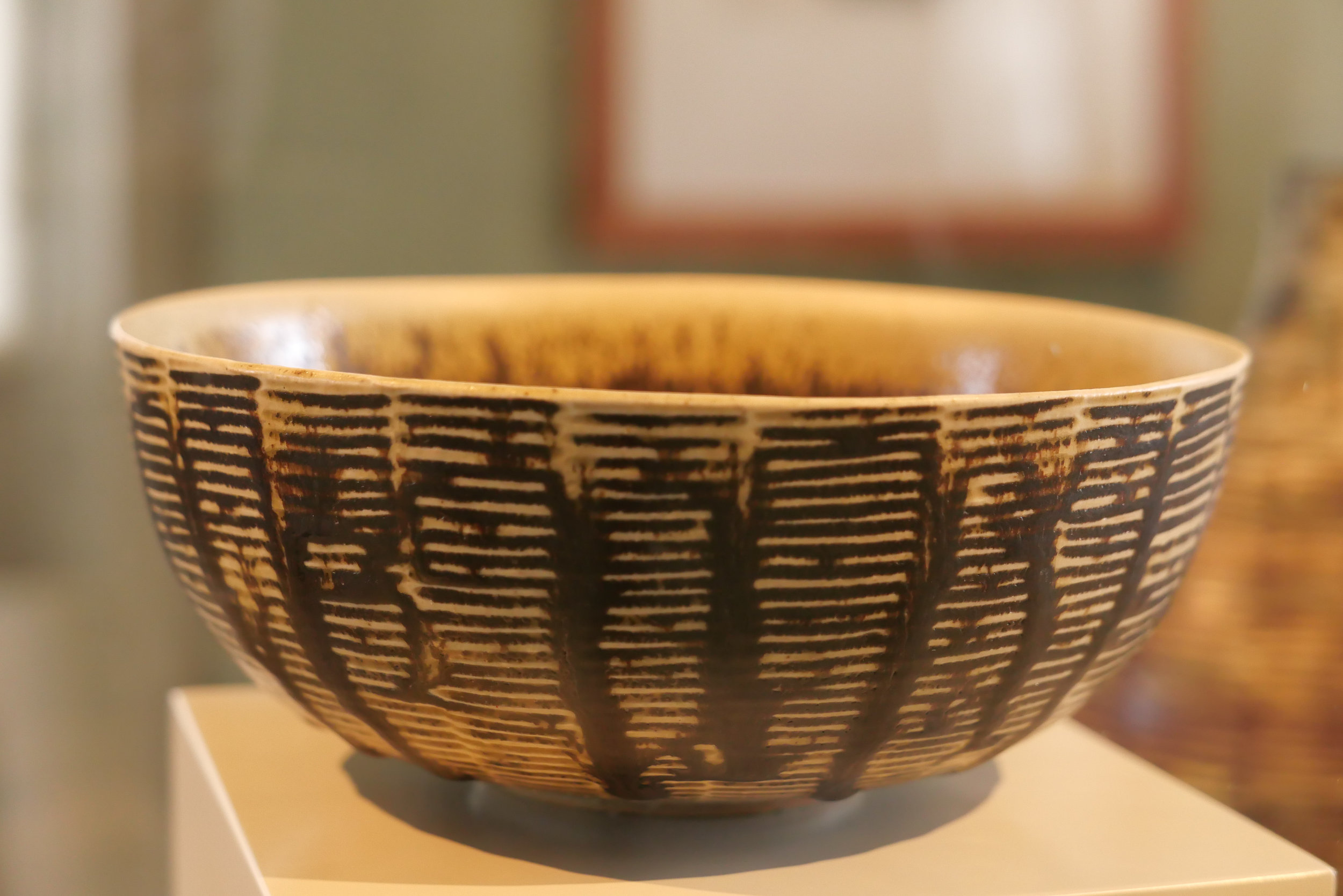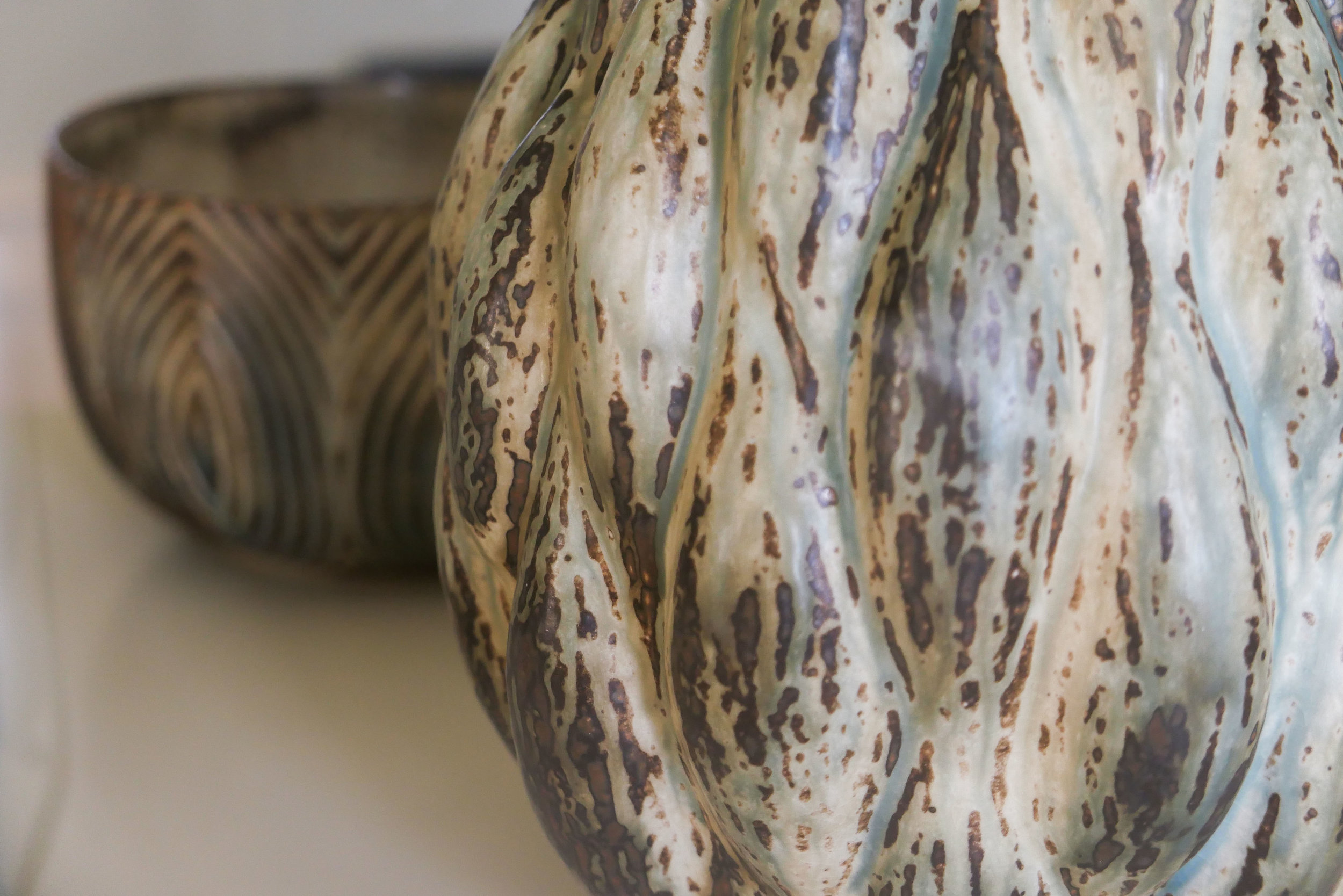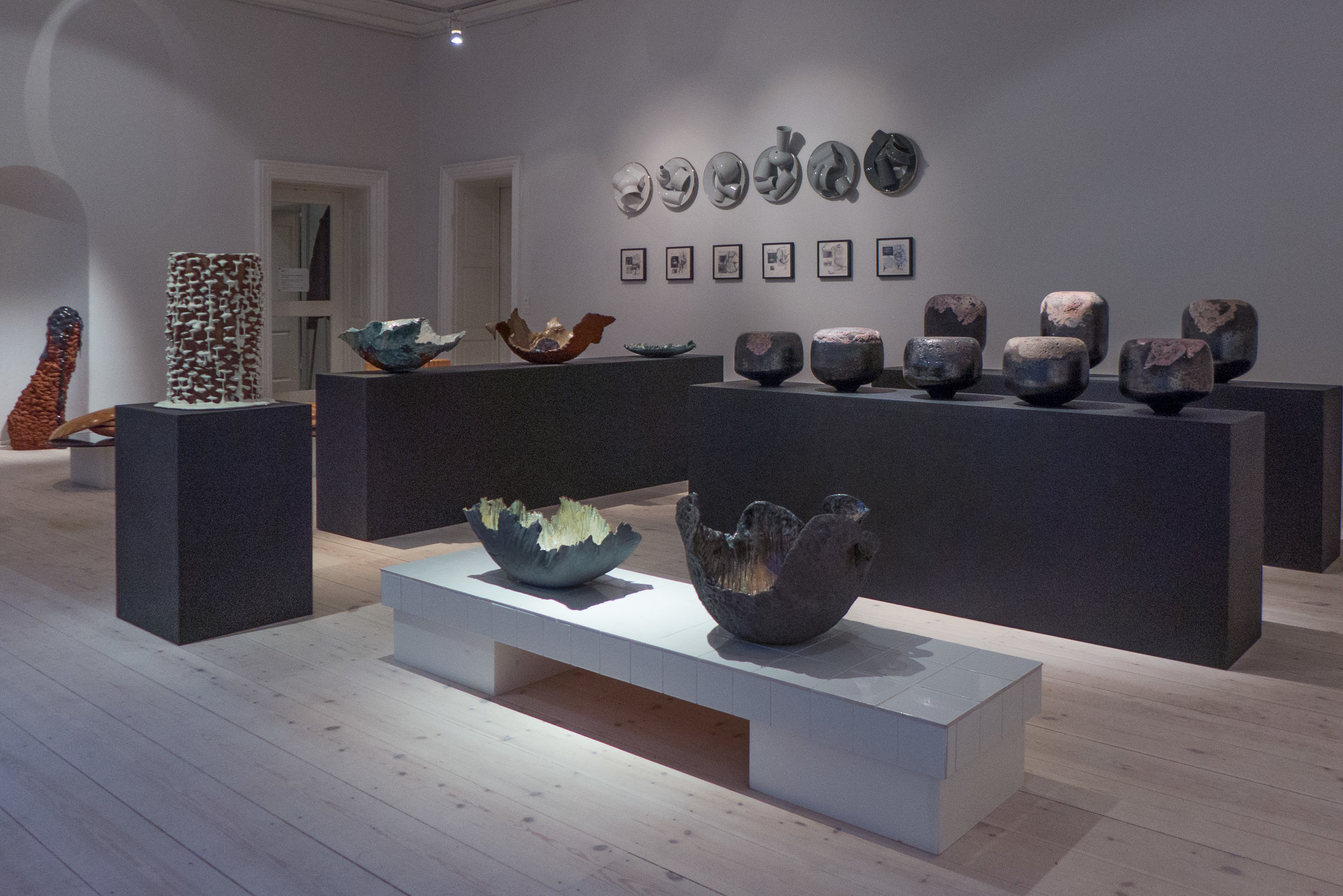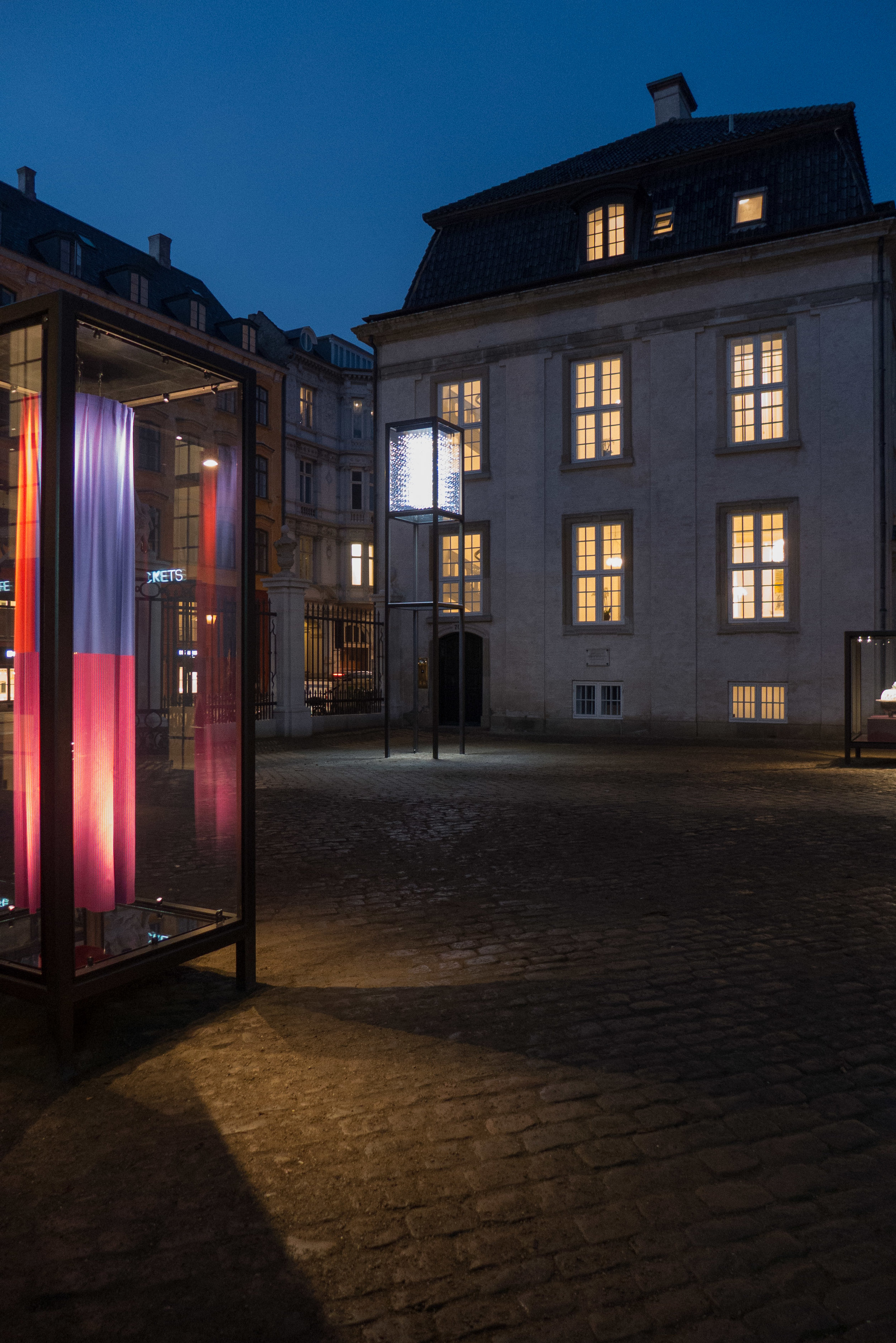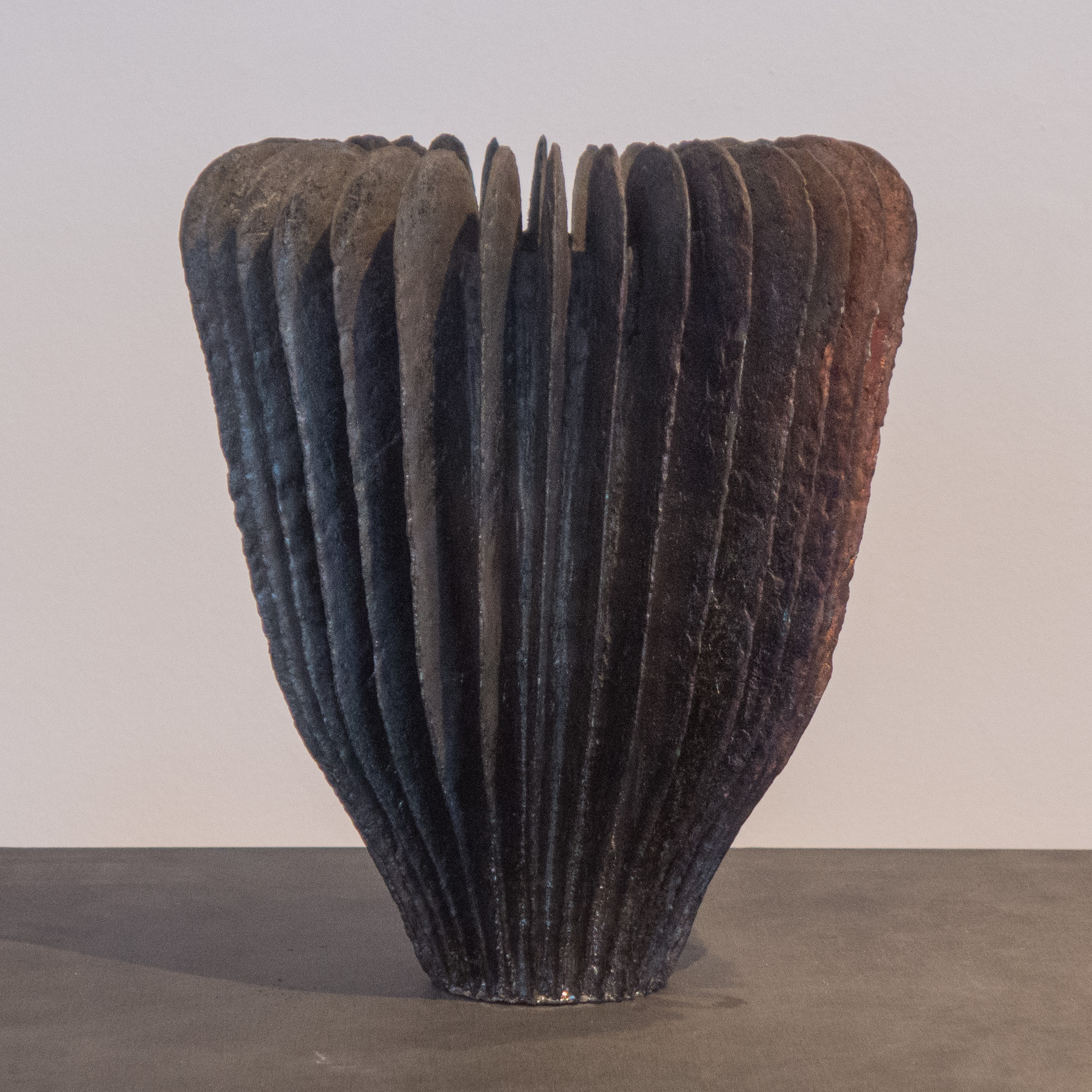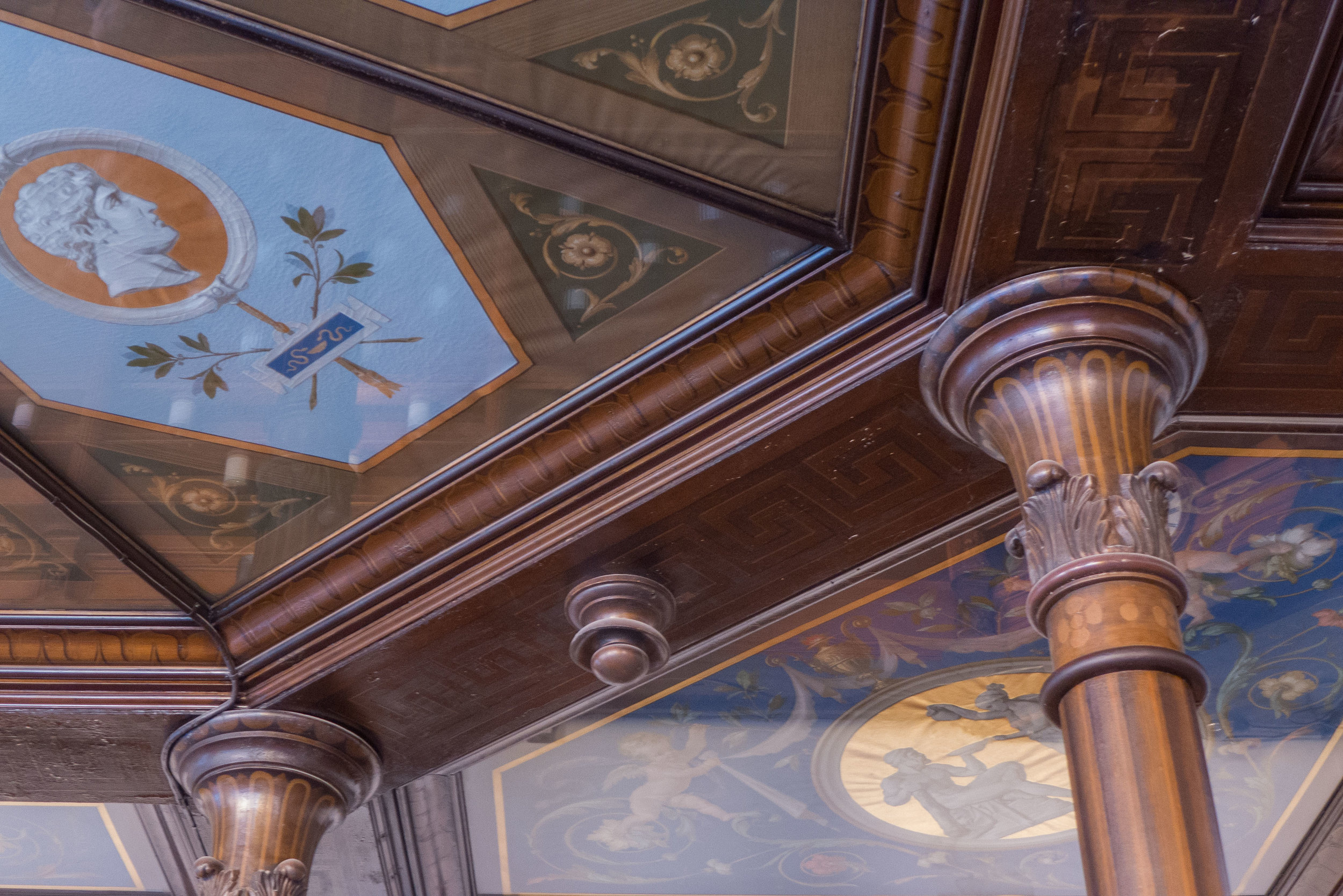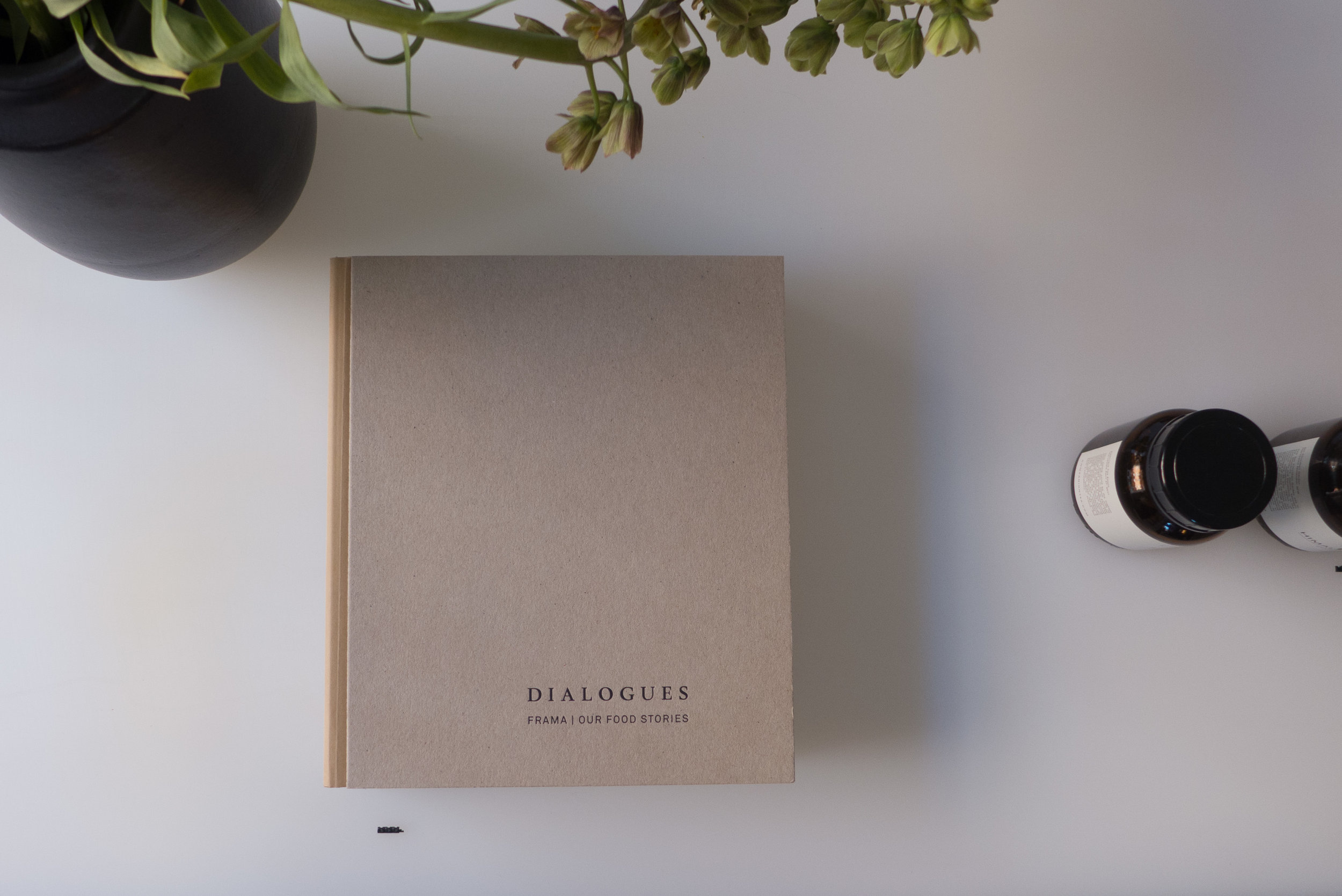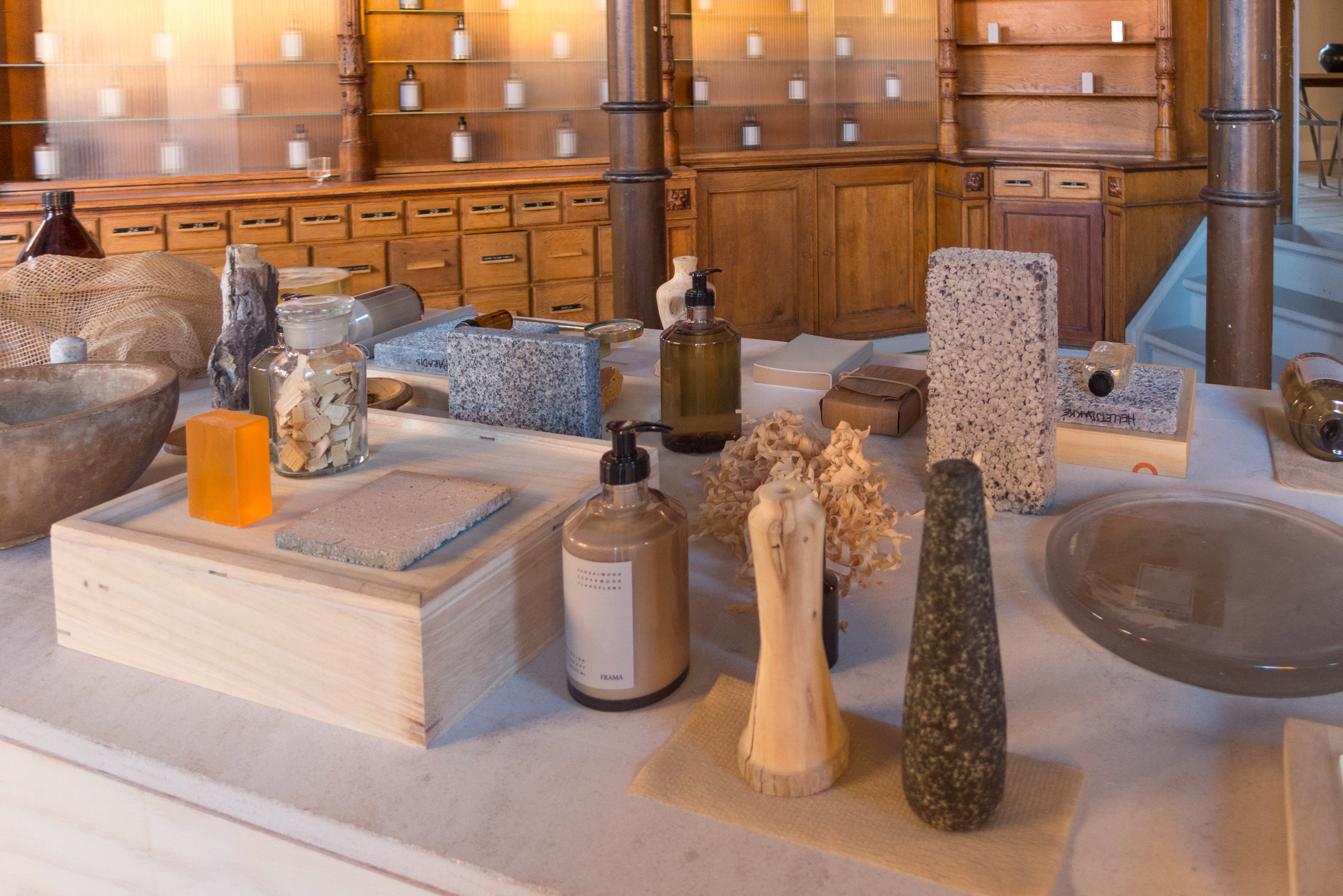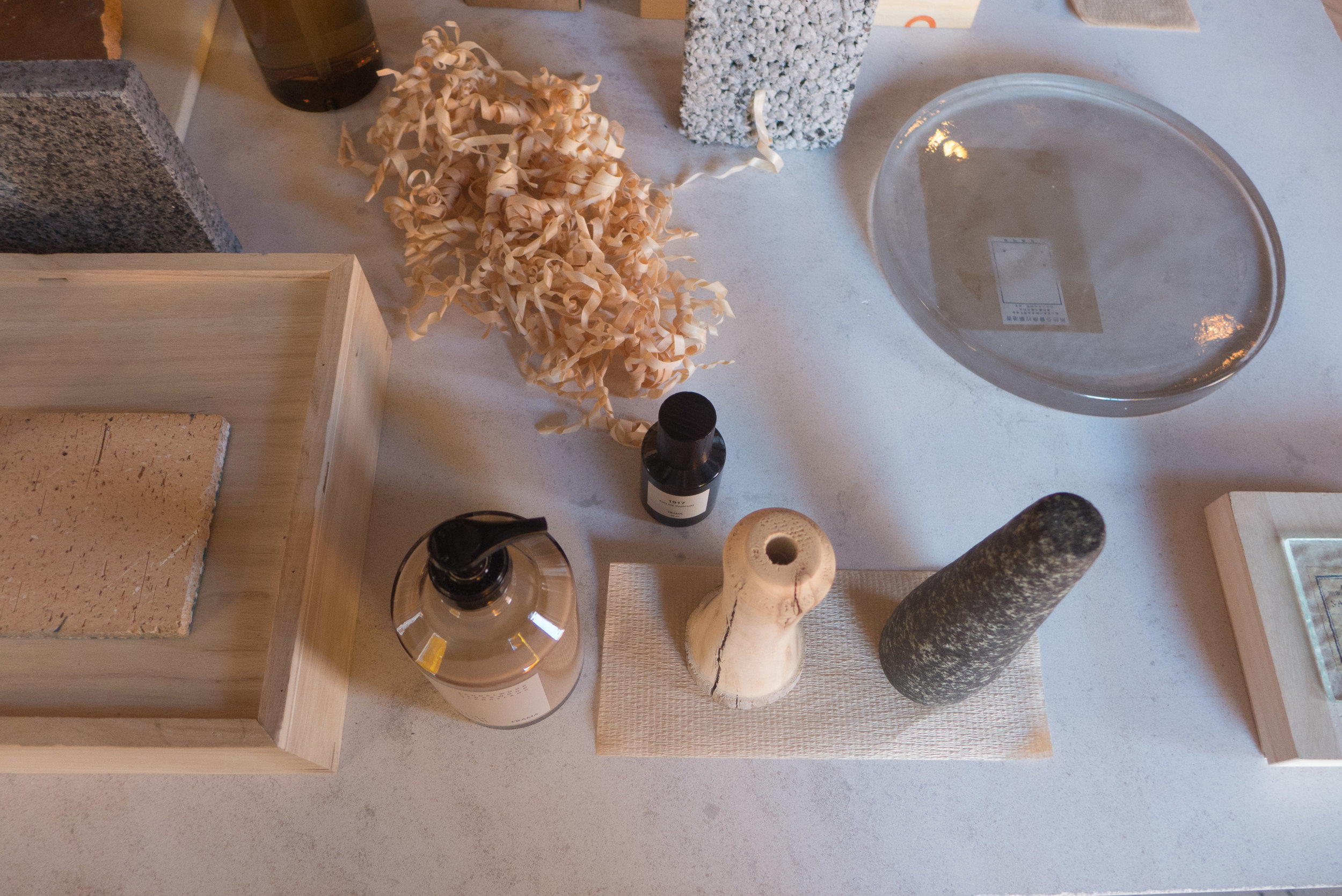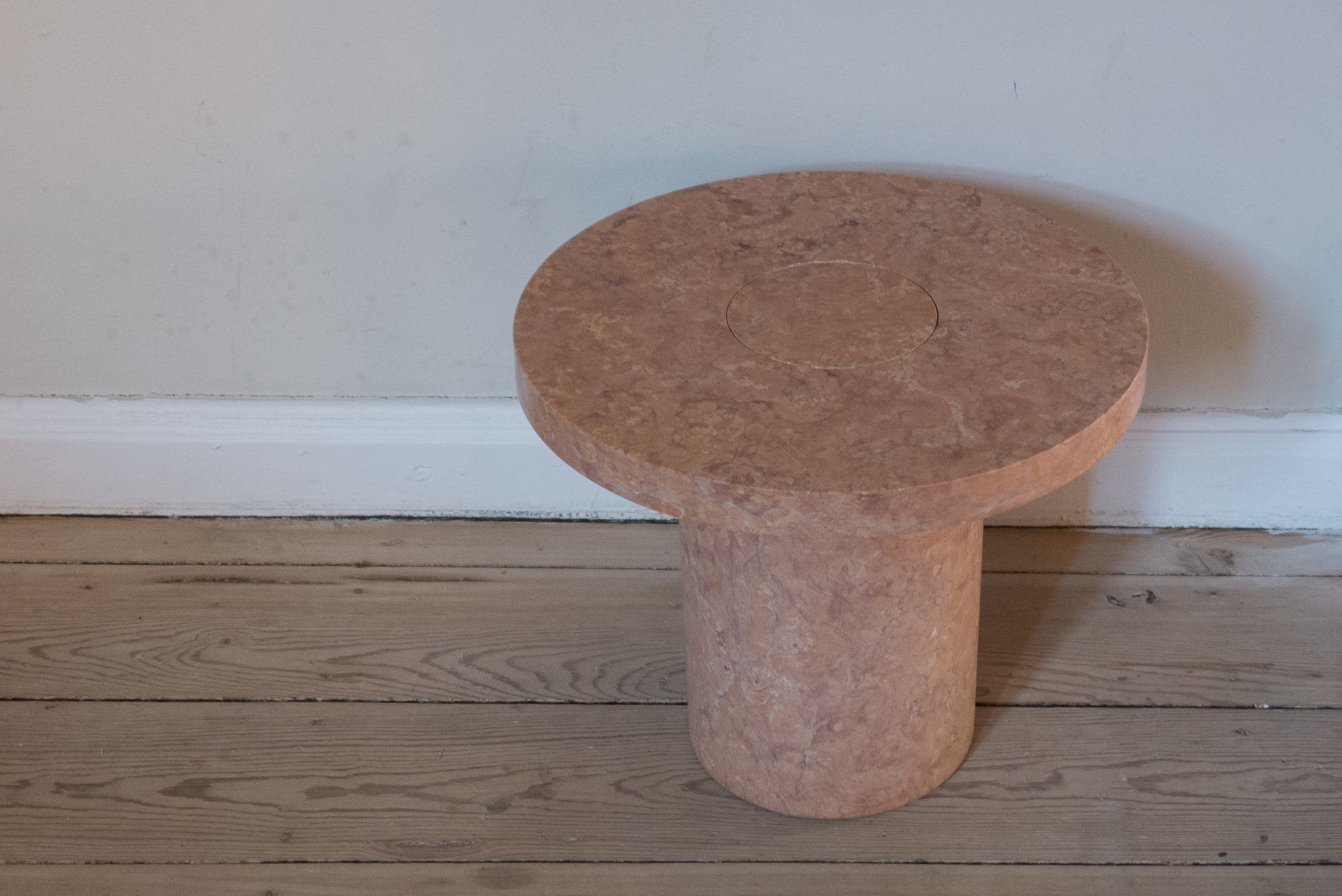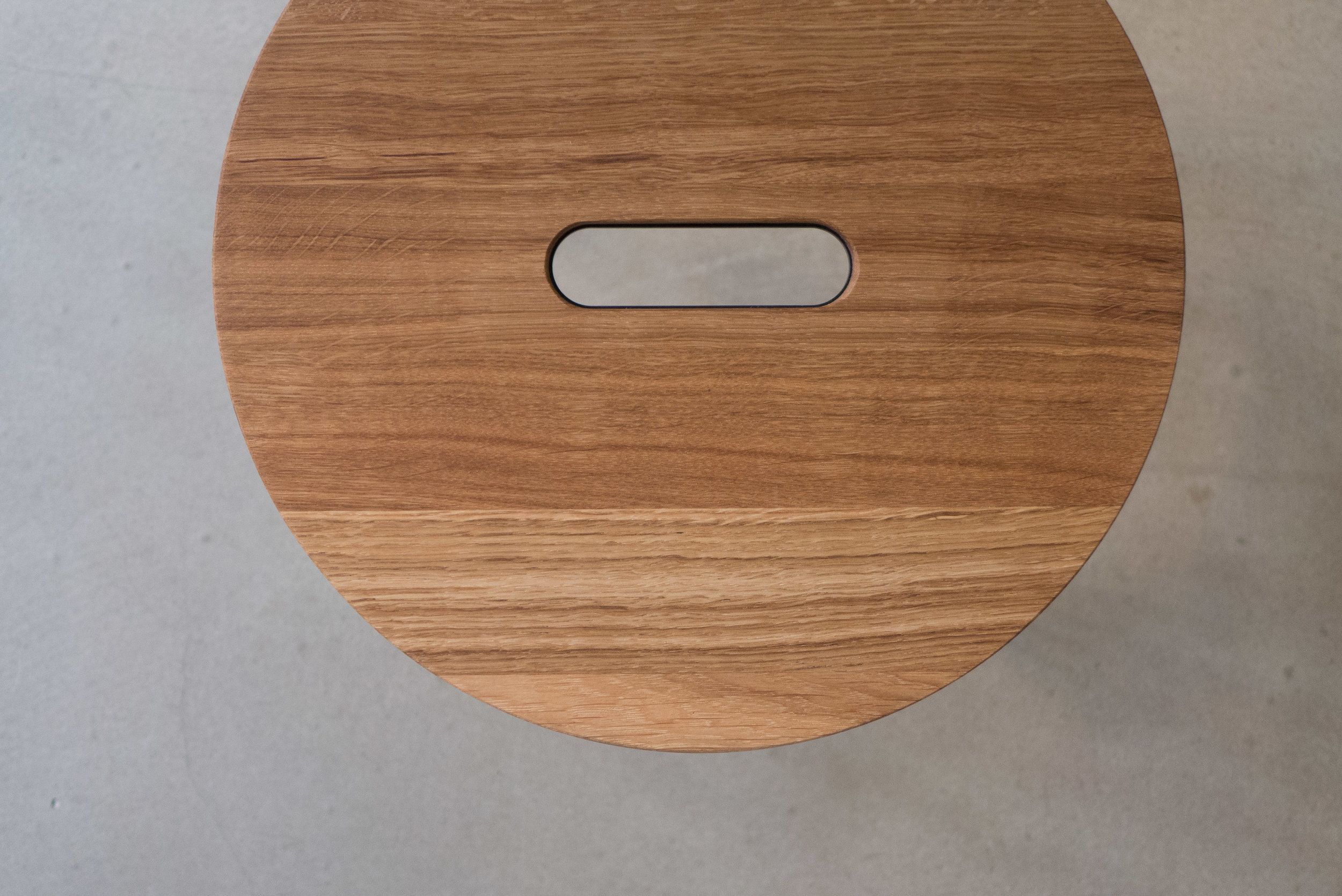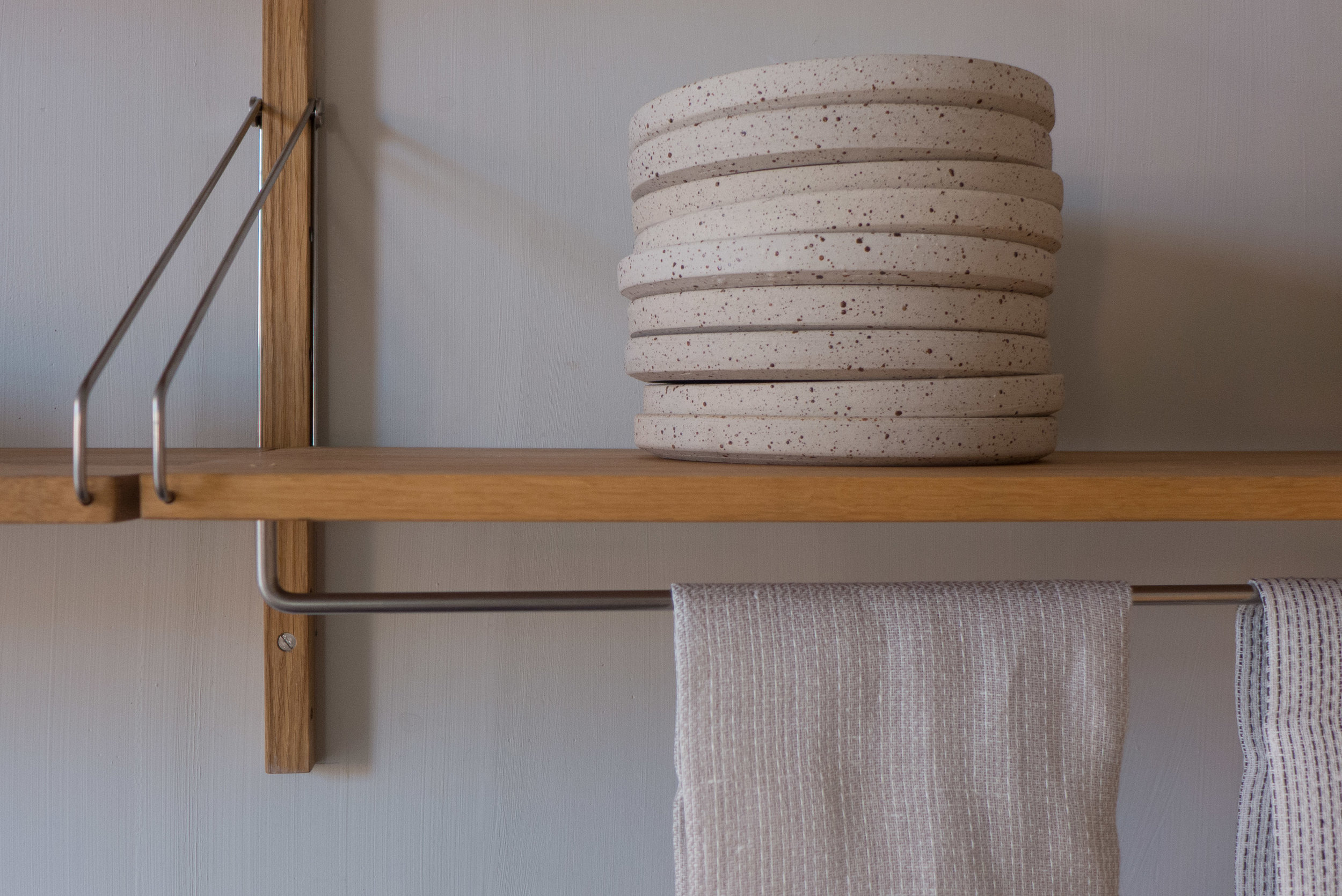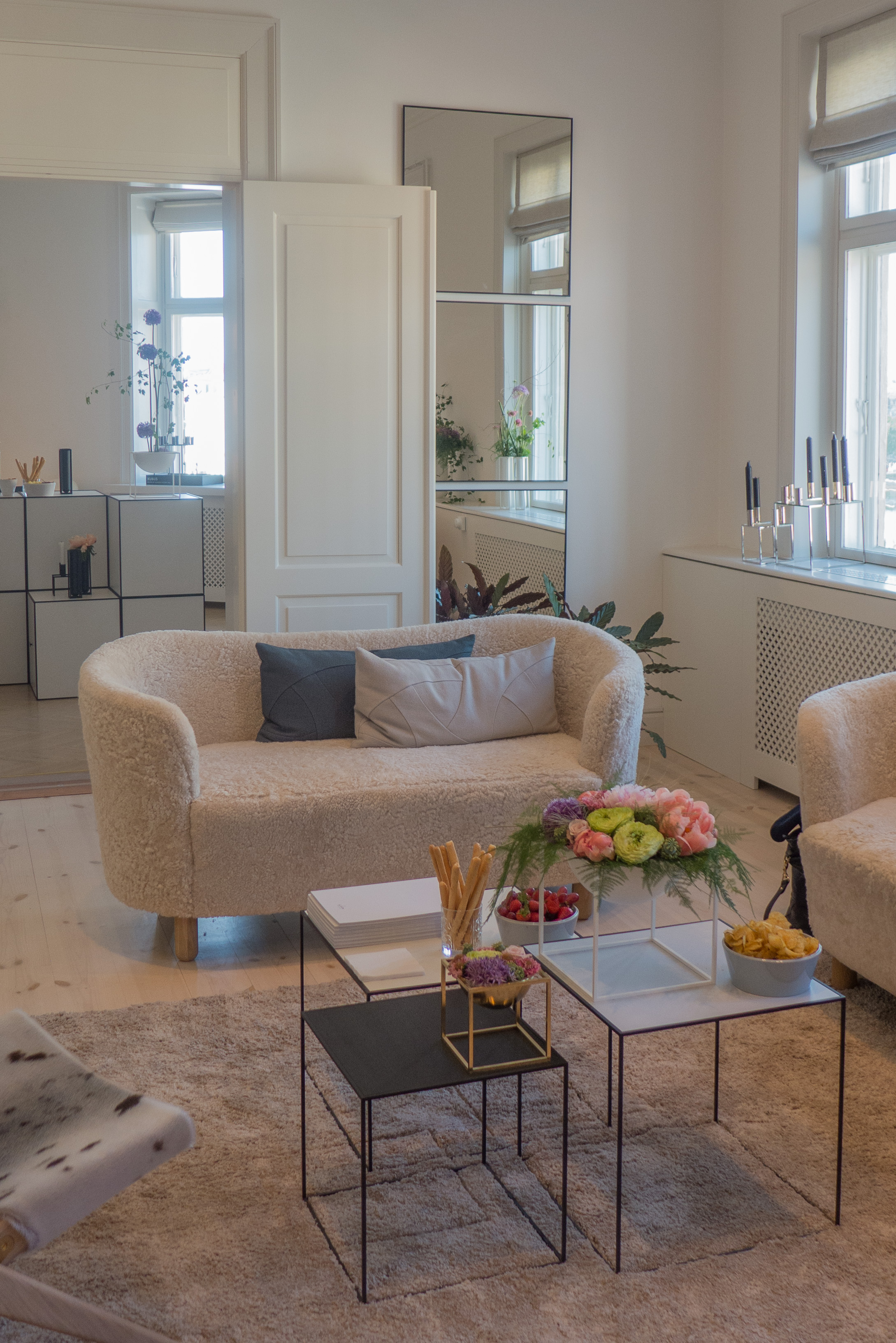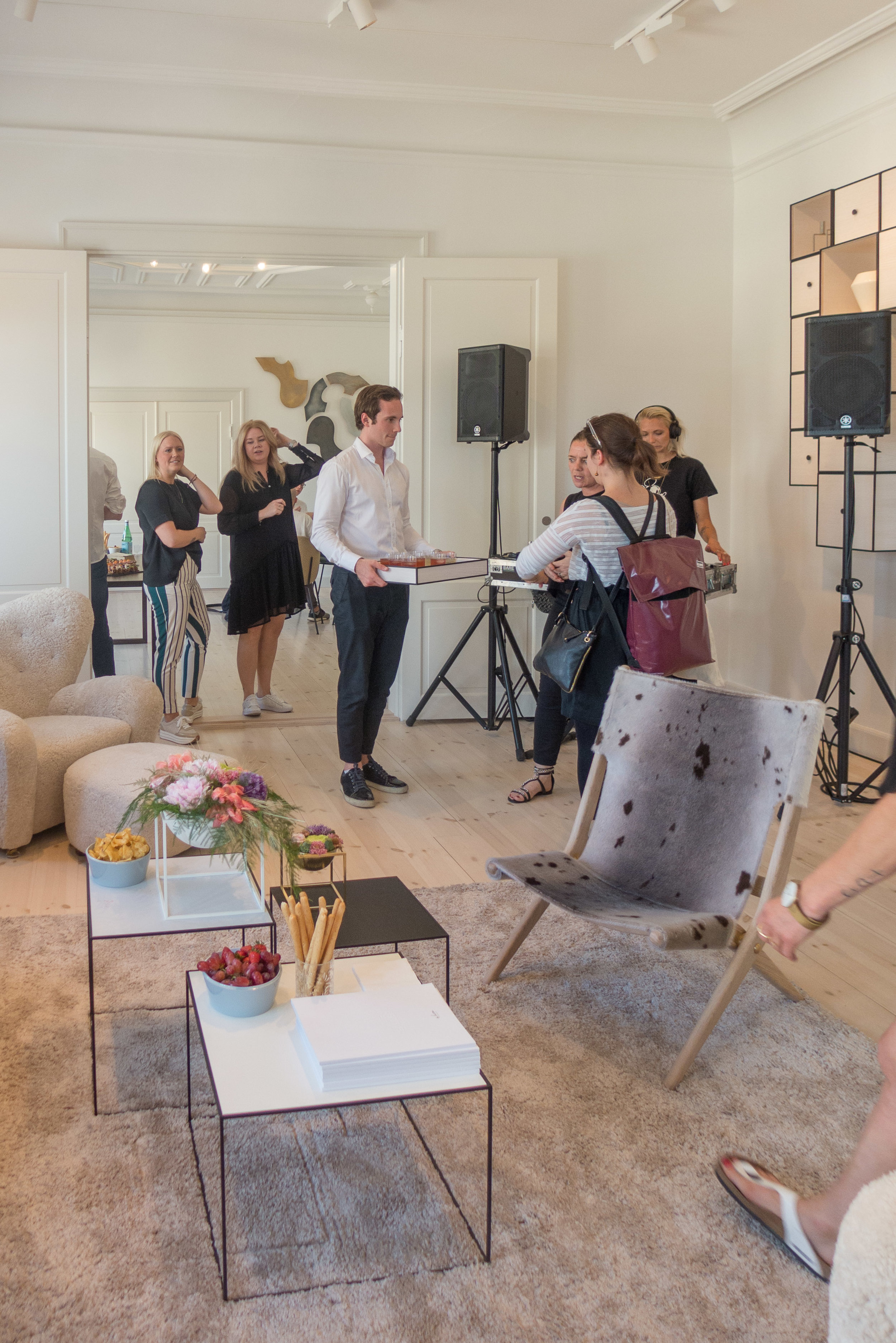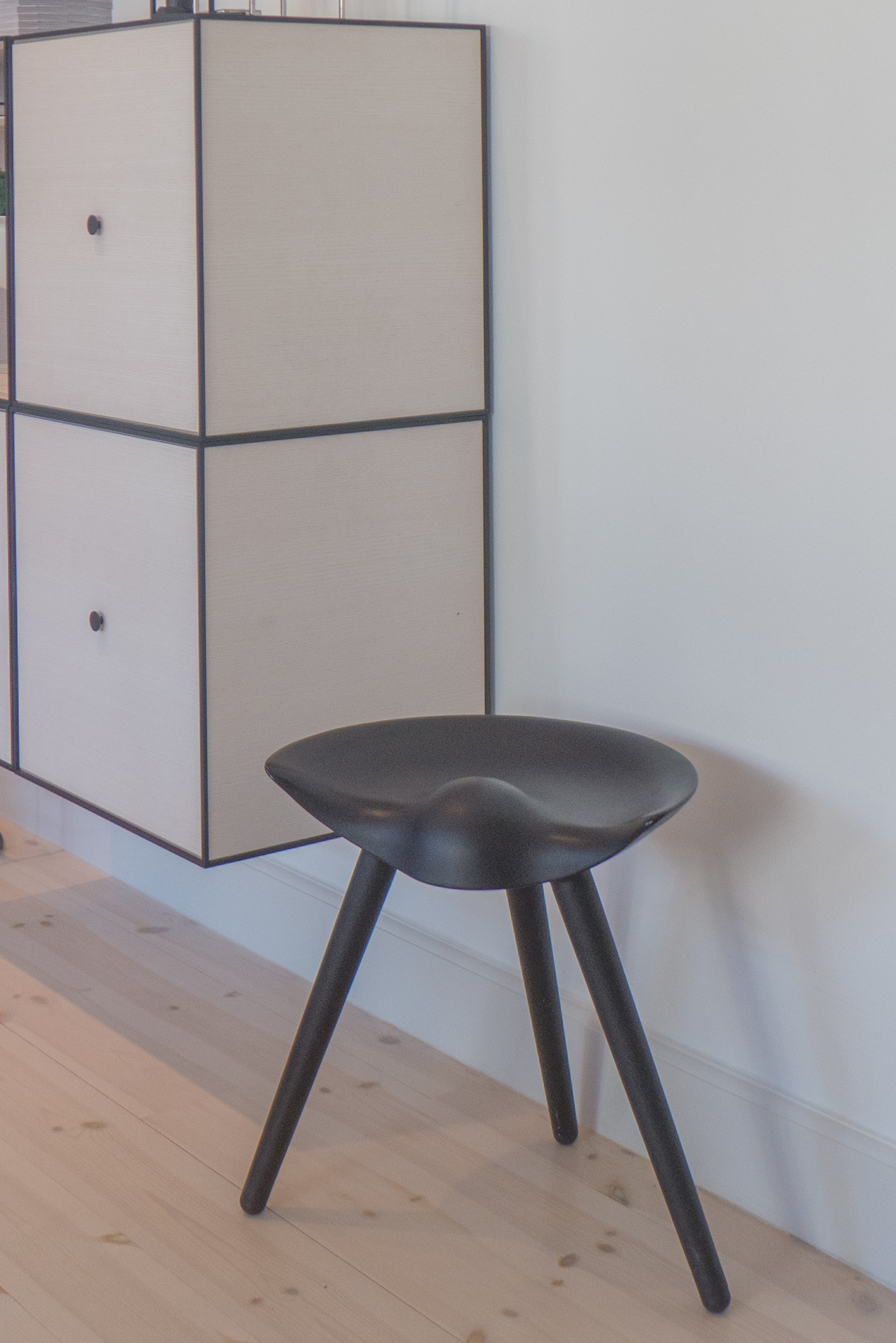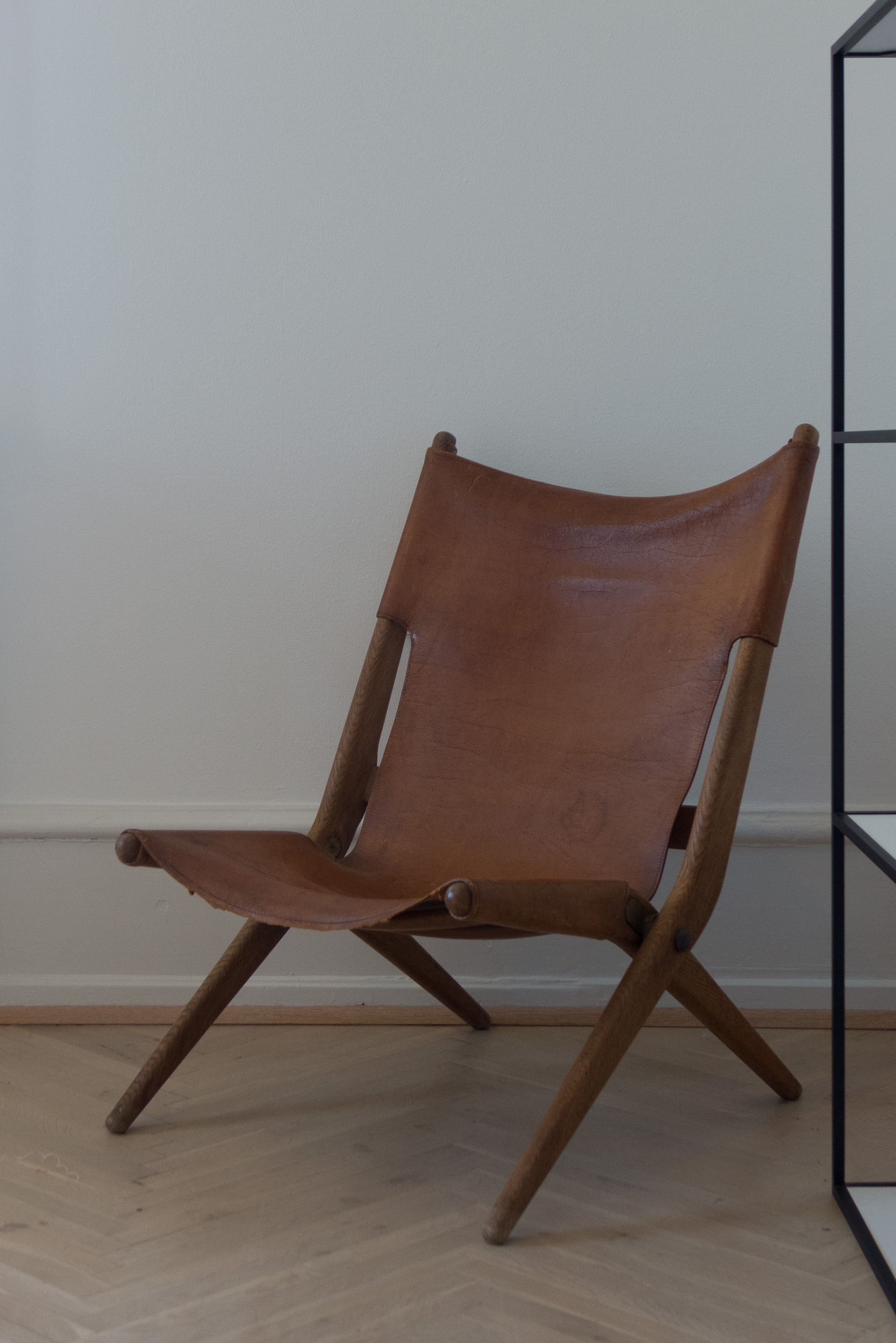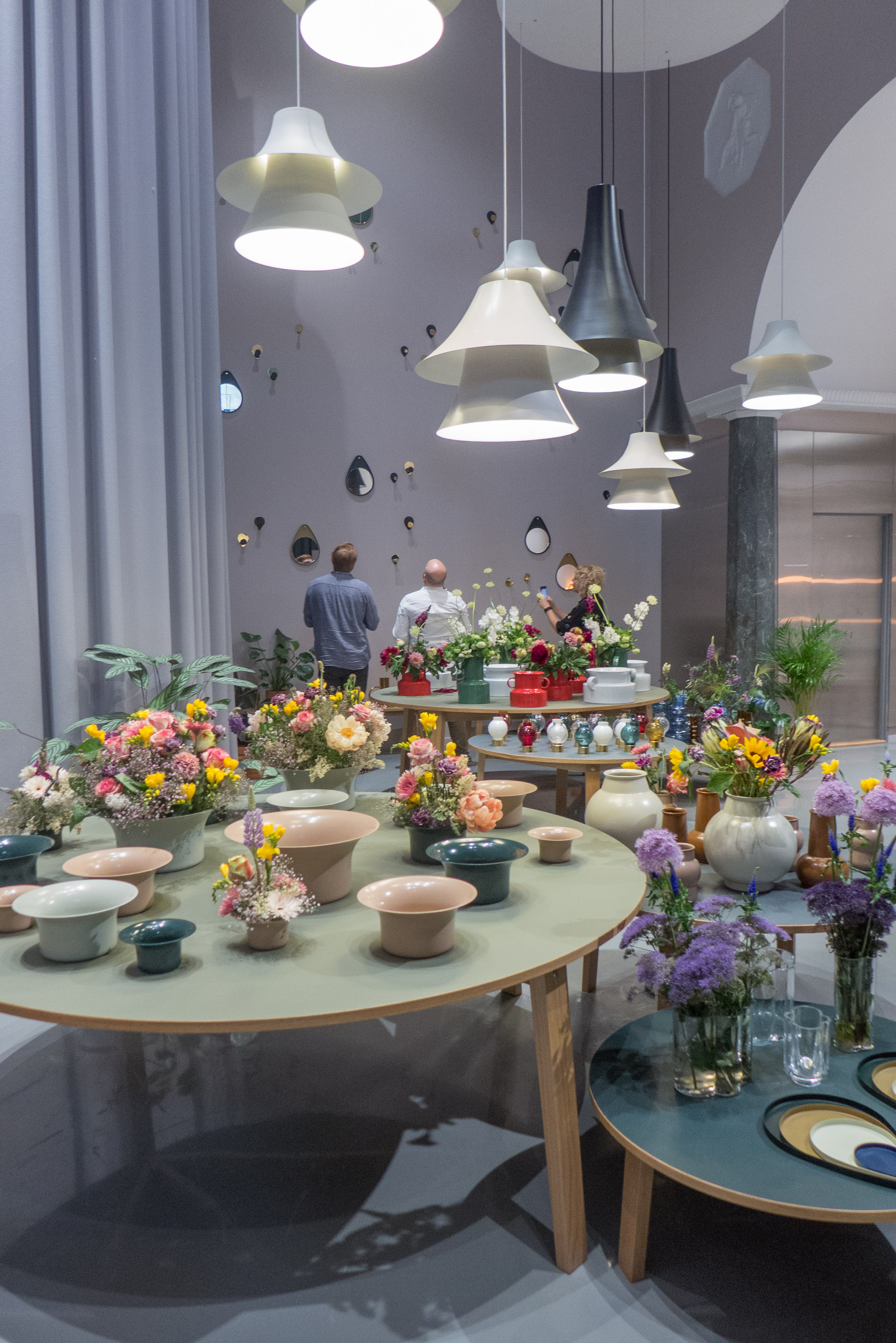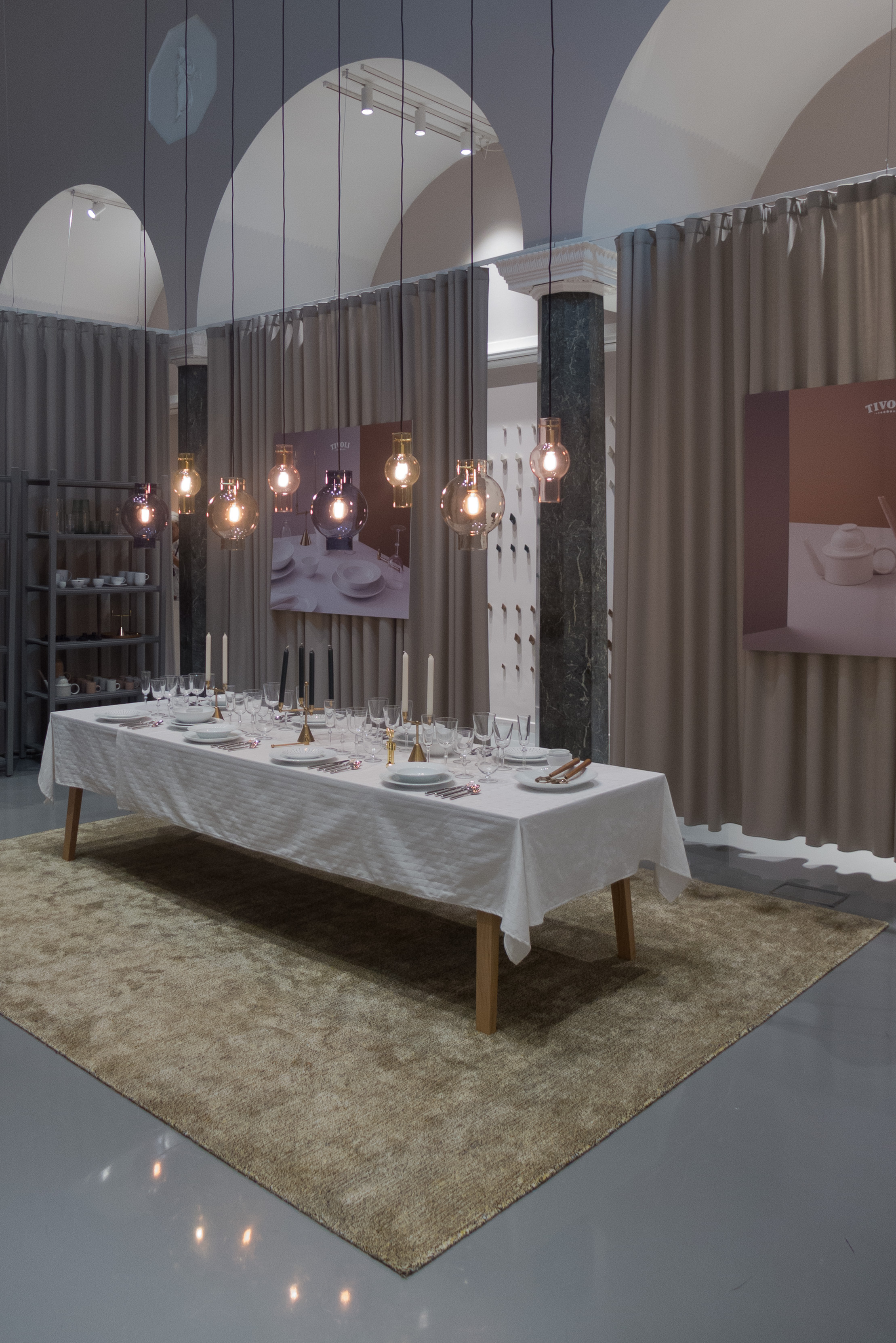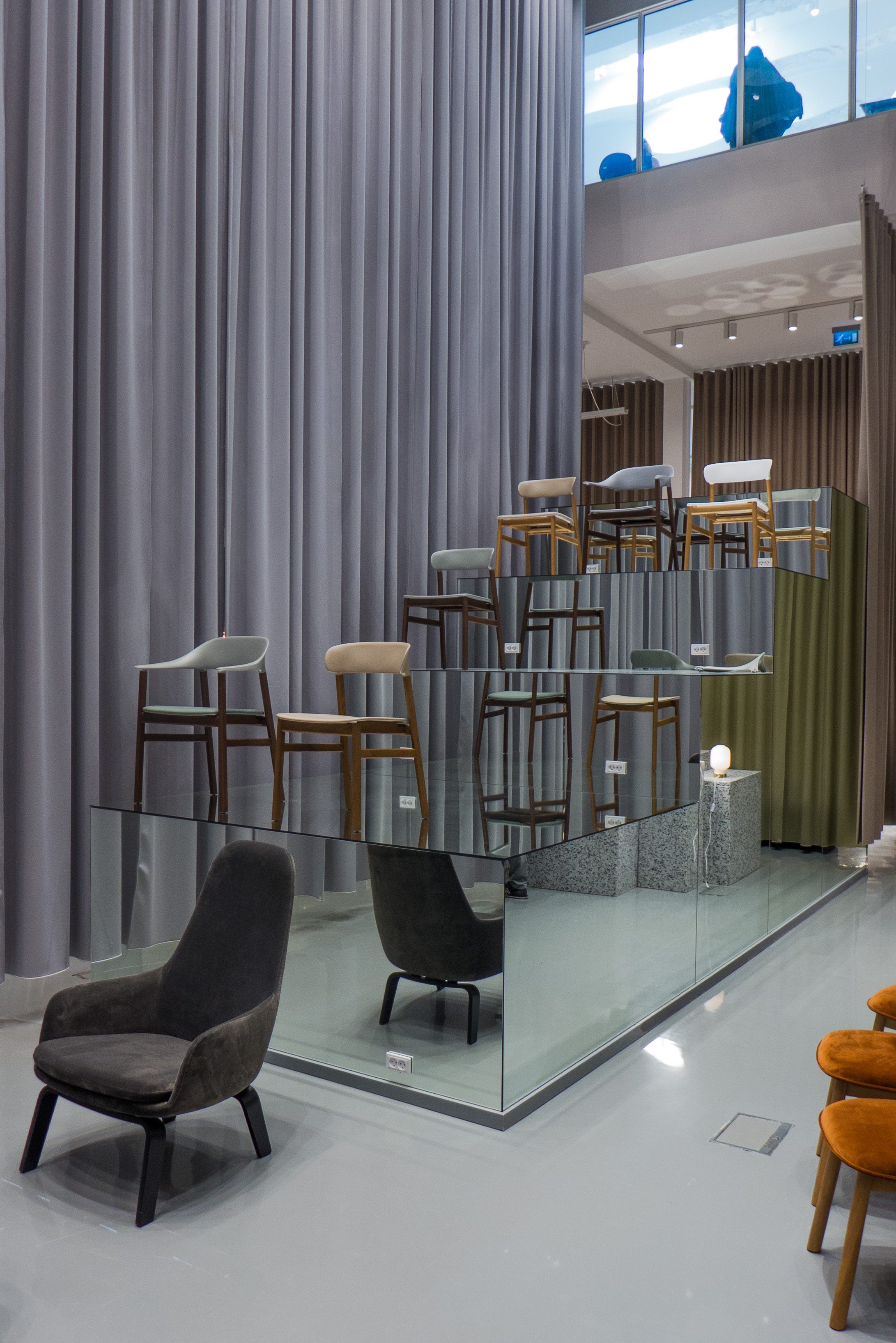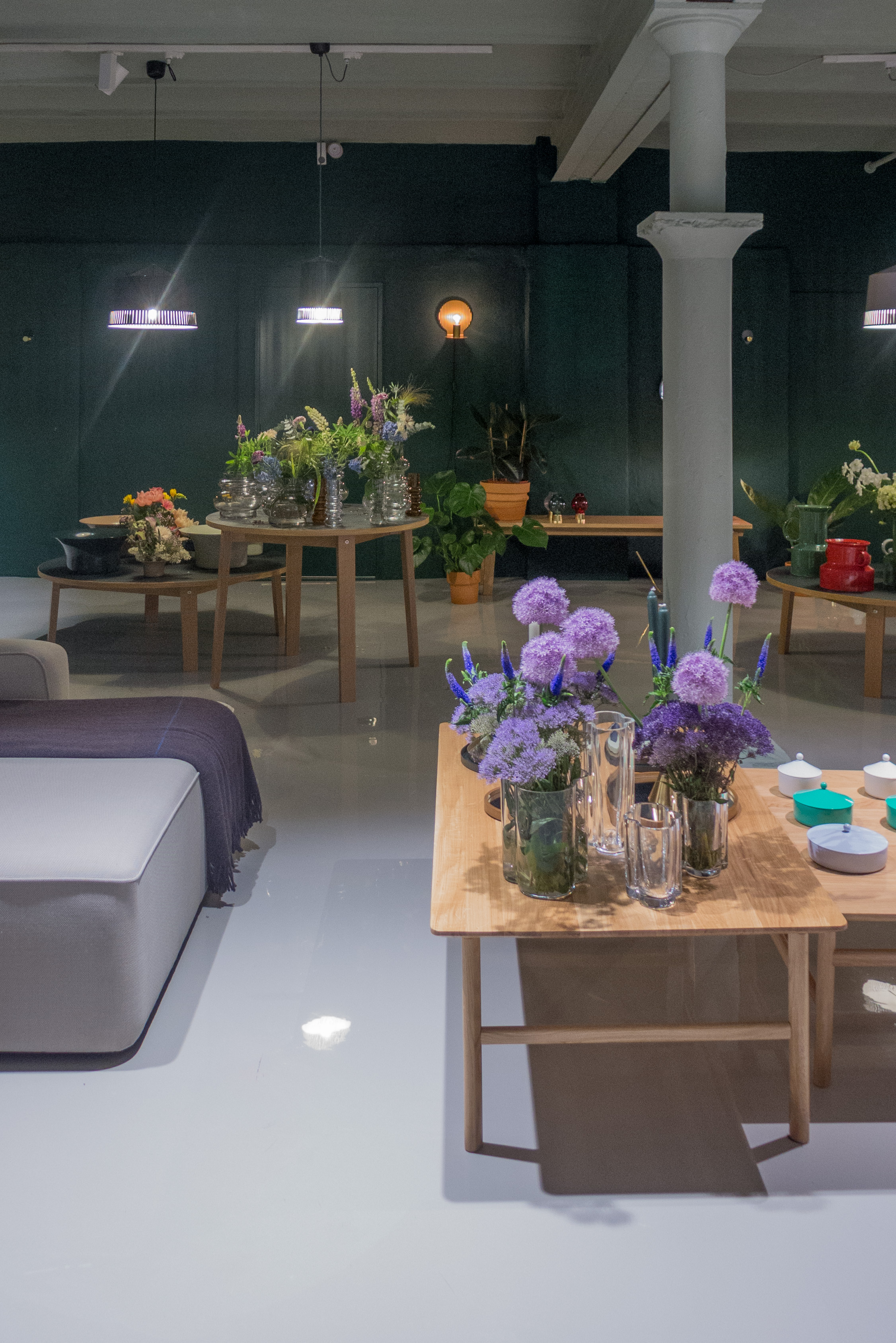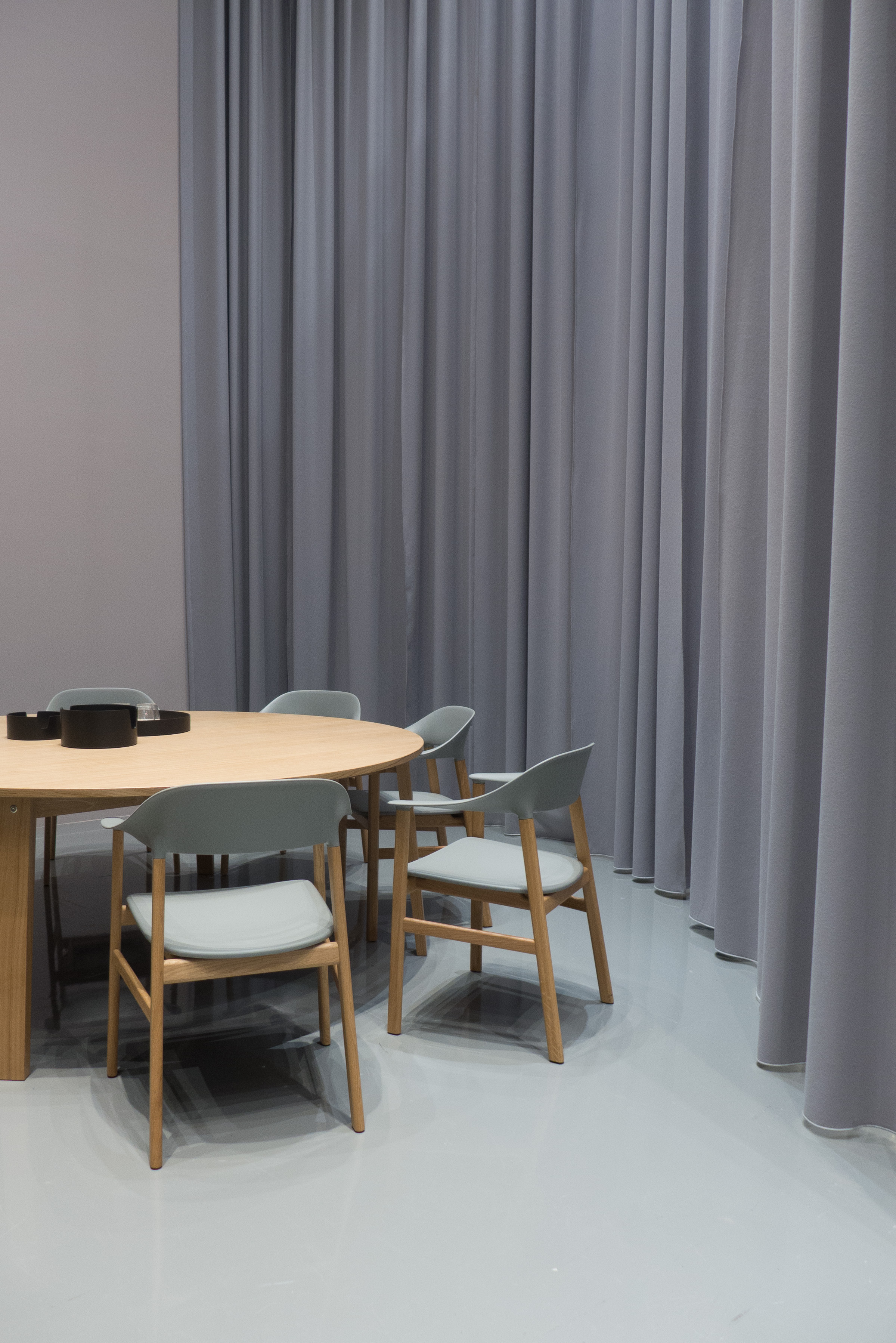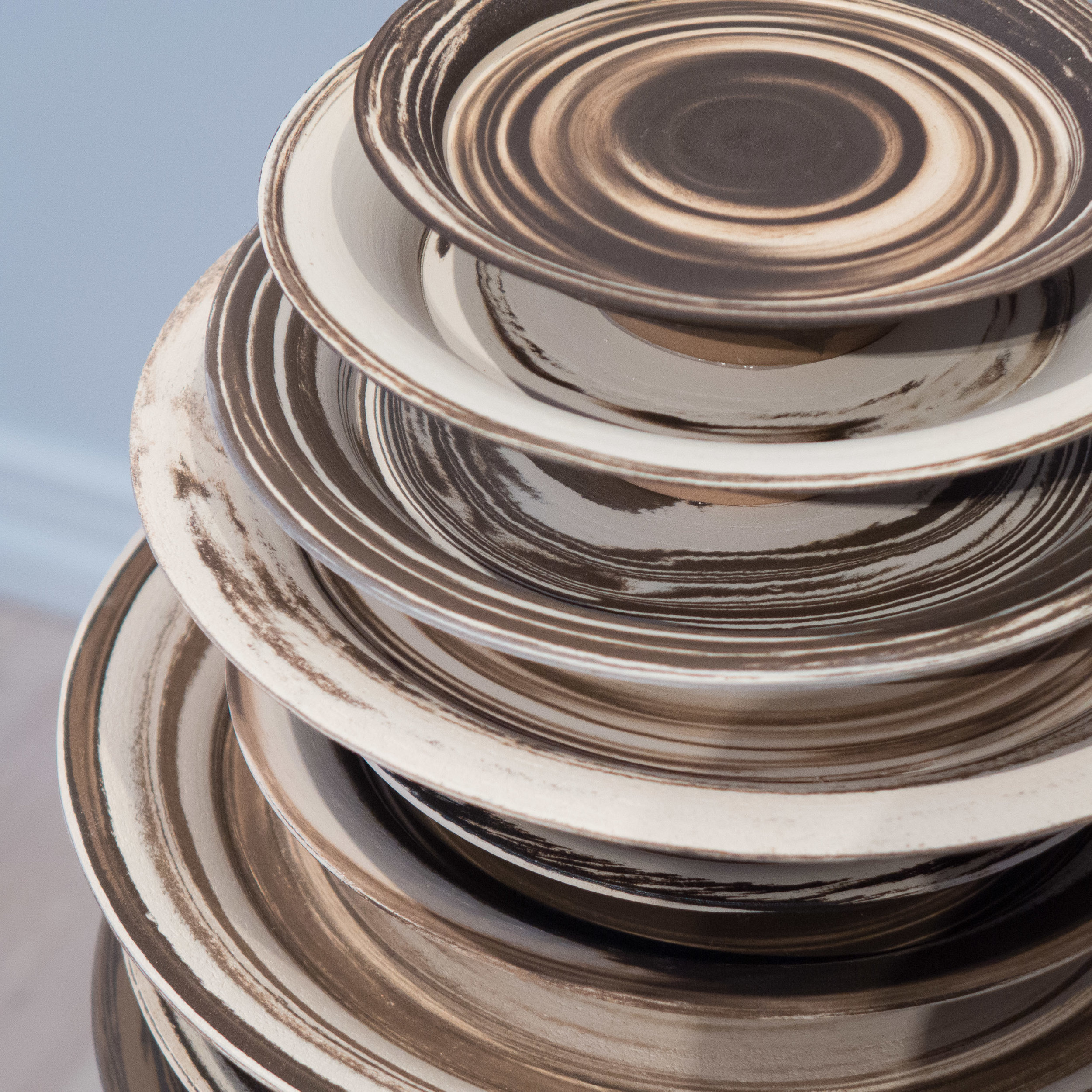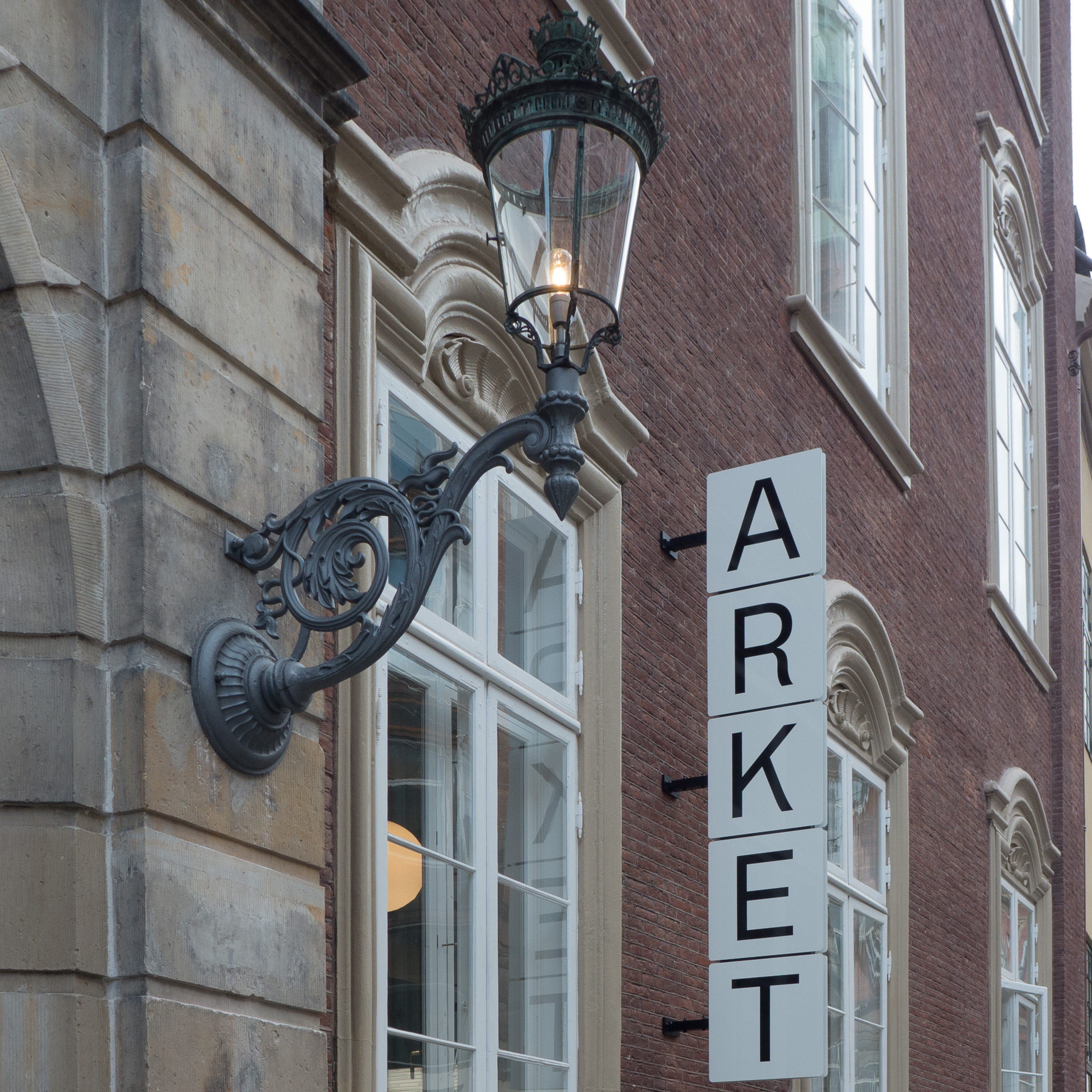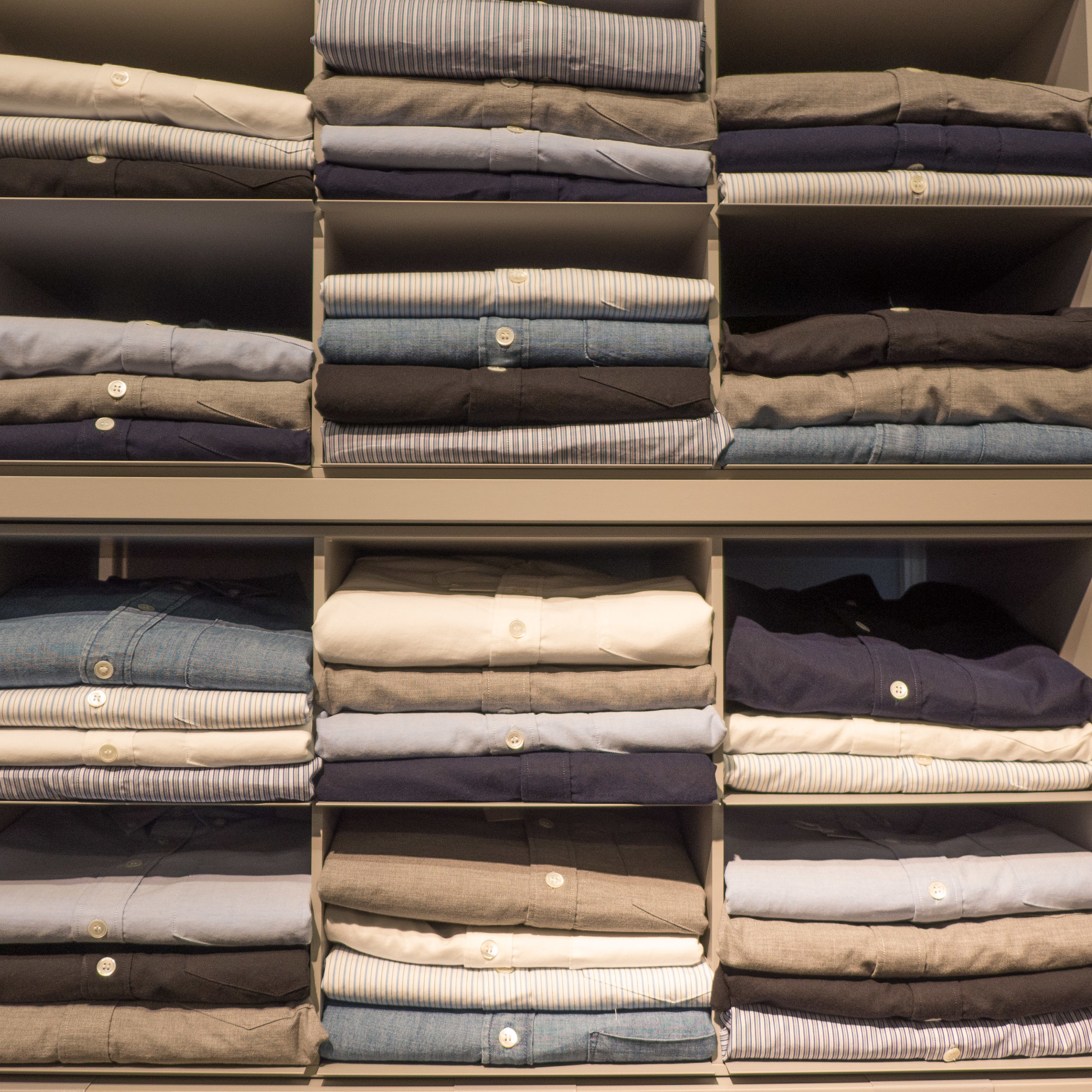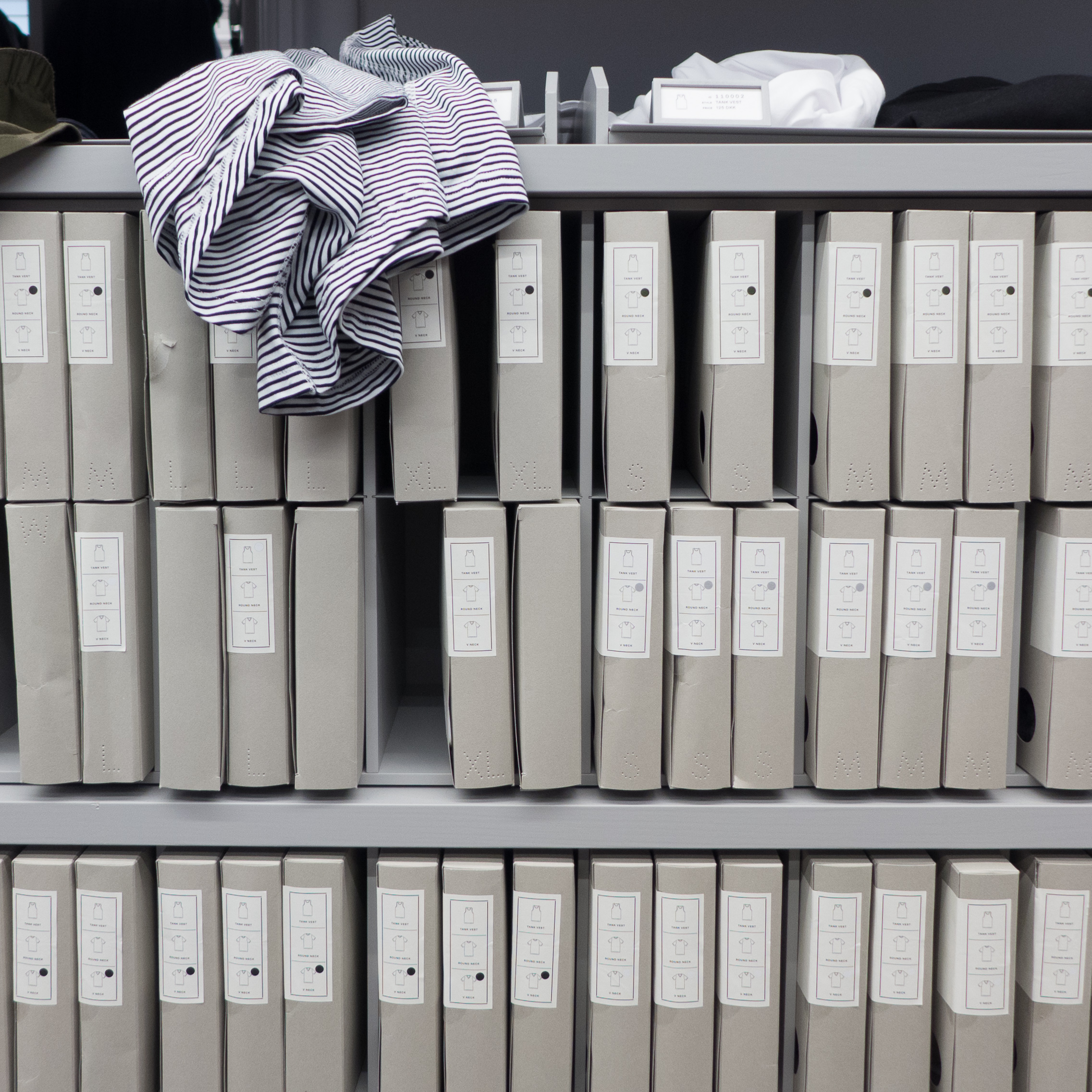Store Krukker / Large Pots at Designmuseum Danmark
/Designmuseum Danmark has just opened a new display in one of the large side galleries with 70 ceramic vessels from their own collection and described simply as large pots.
They vary in period and in country of origin but most are by Danish potters and artists and most are from the late 19th century onwards although there are also older ceramic vessels from Japan, Korea and China and work from Spain, France and England … all countries with strong but distinct ceramic traditions.
Some of the pieces are clearly storage jars - so utilitarian - but there are also sophisticated decorative vessels and some fine studio pottery.
The size of some of these pots is amazing and the selection of ceramics shown here provides an amazing opportunity to see how the technical skill of the potter; the form or shape of the pot; the choice of smooth, perfect and highly finished surfaces or the decision to leave a more natural finish determined by the character of the clay and the use or not of decoration, incised or in relief; the types of glaze; any use of texture or a preference for a smooth finish or high shine or matt surface and of course the final colour or colours produce works of incredibly diverse styles.


